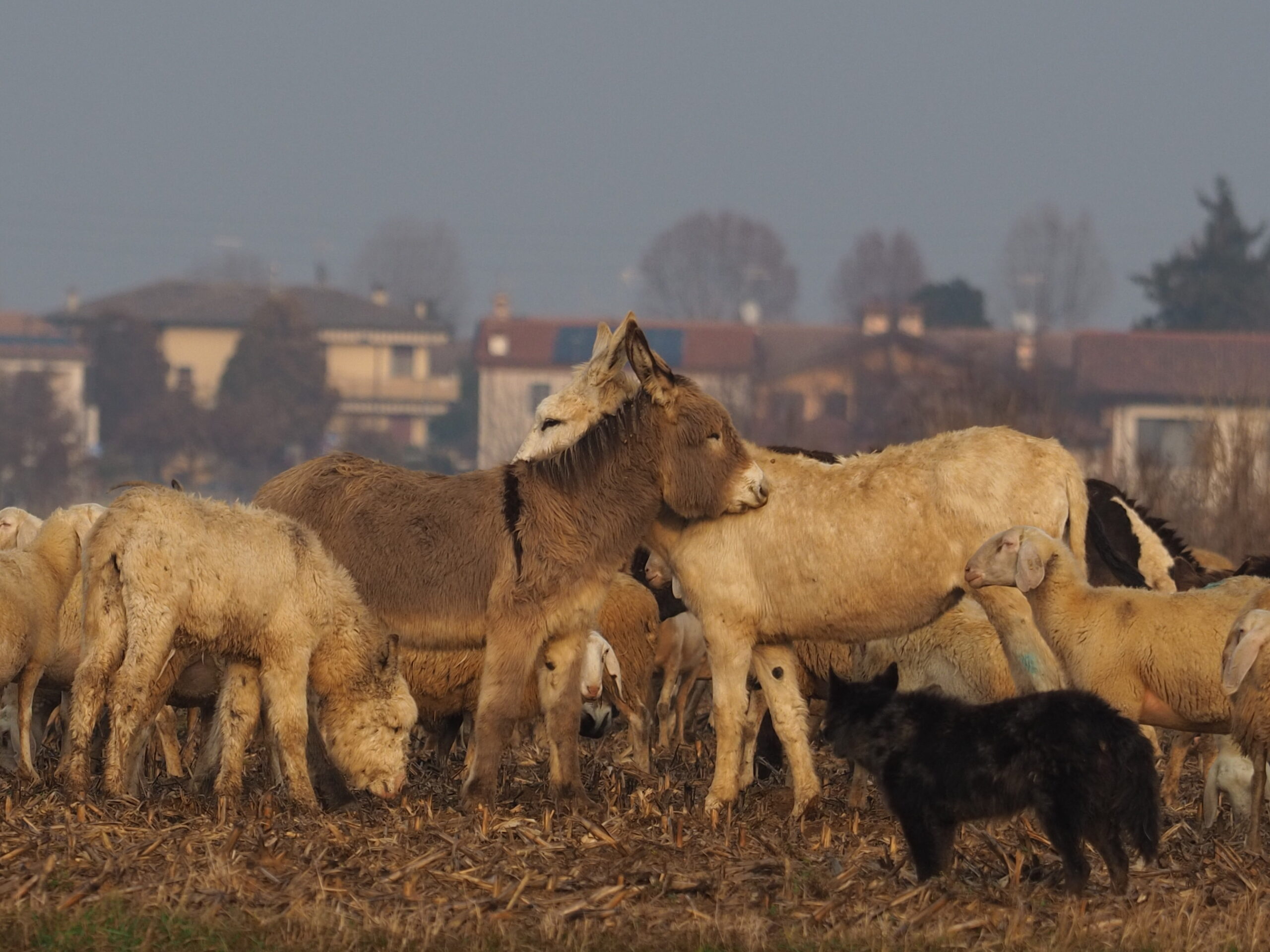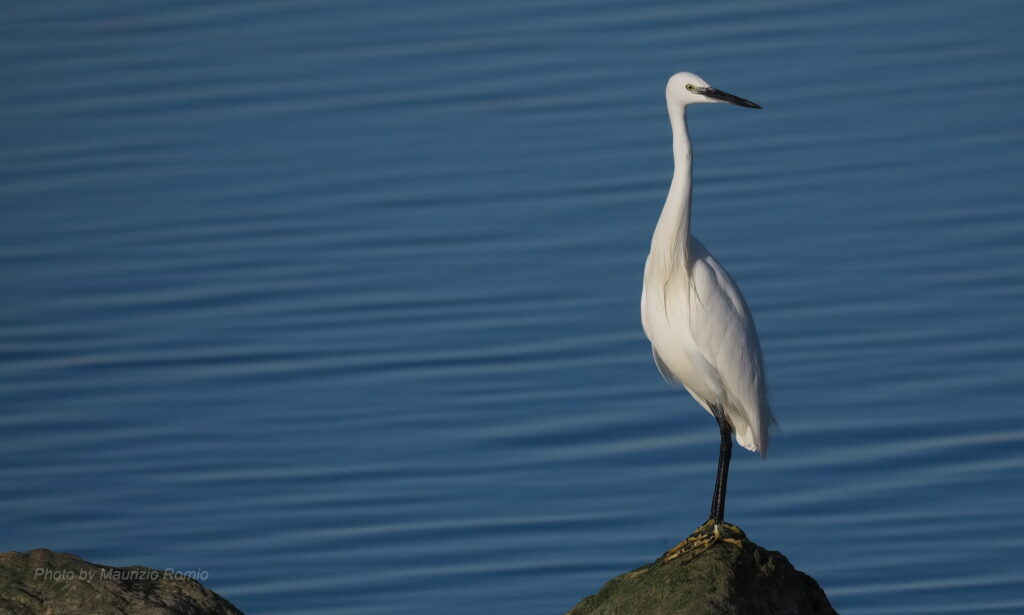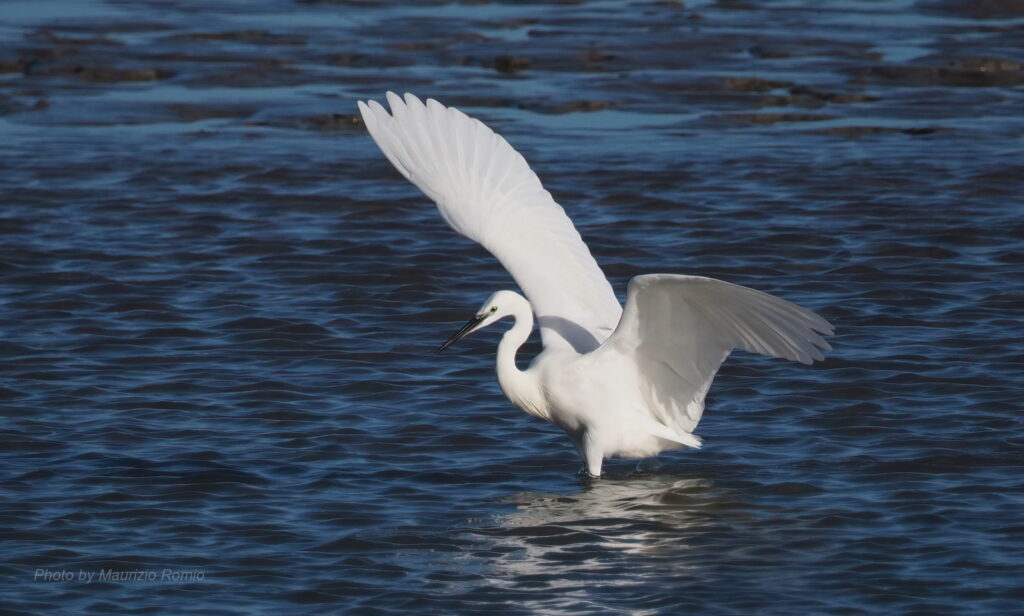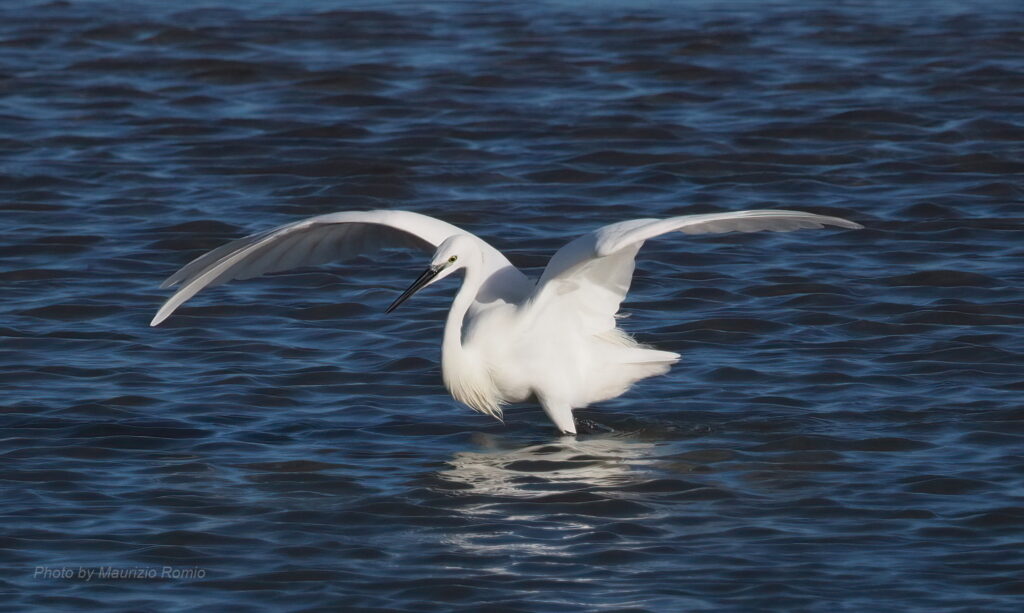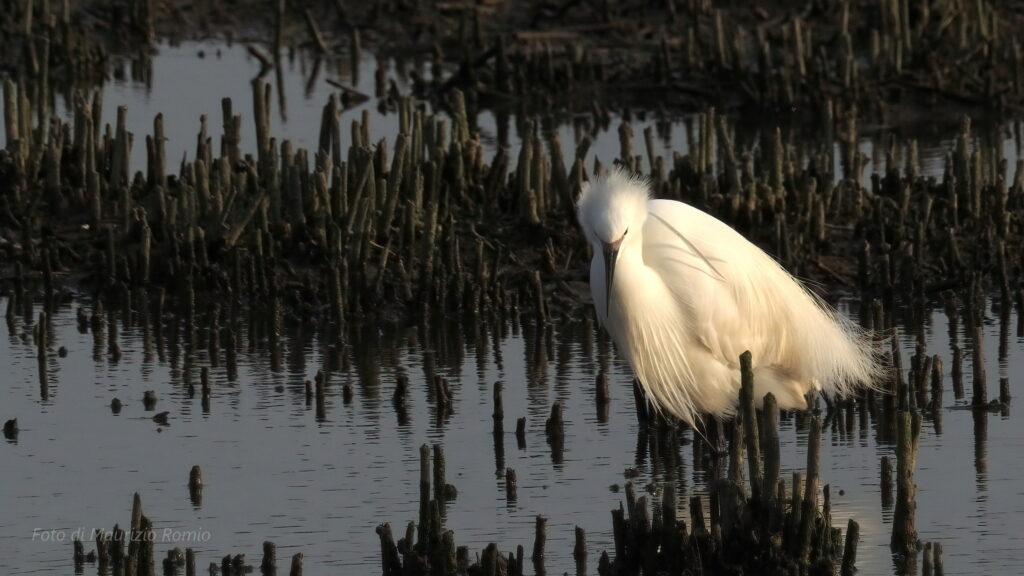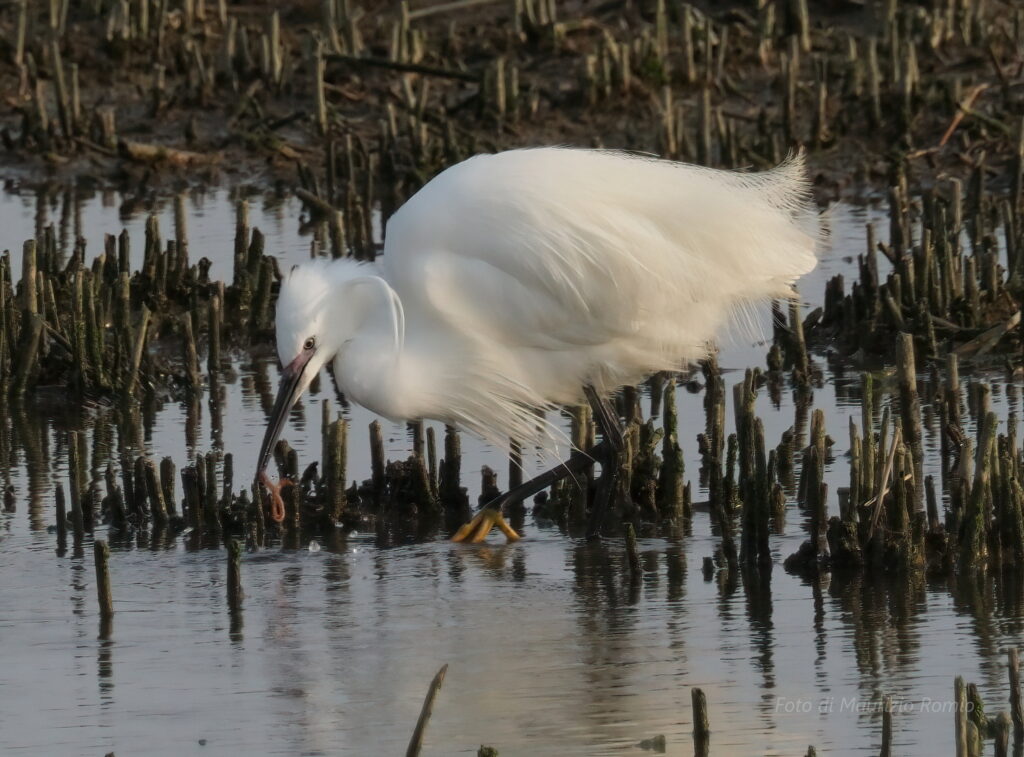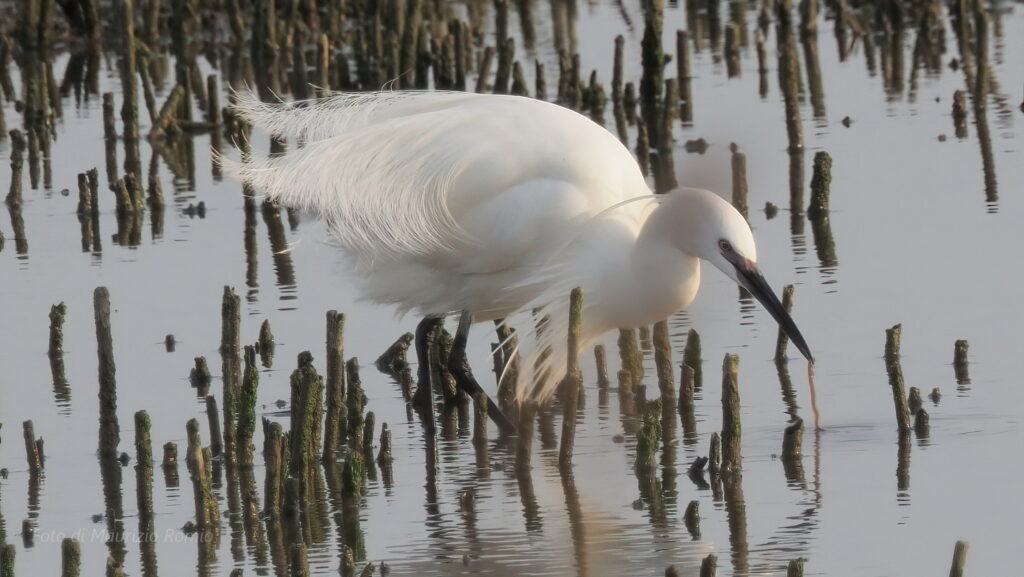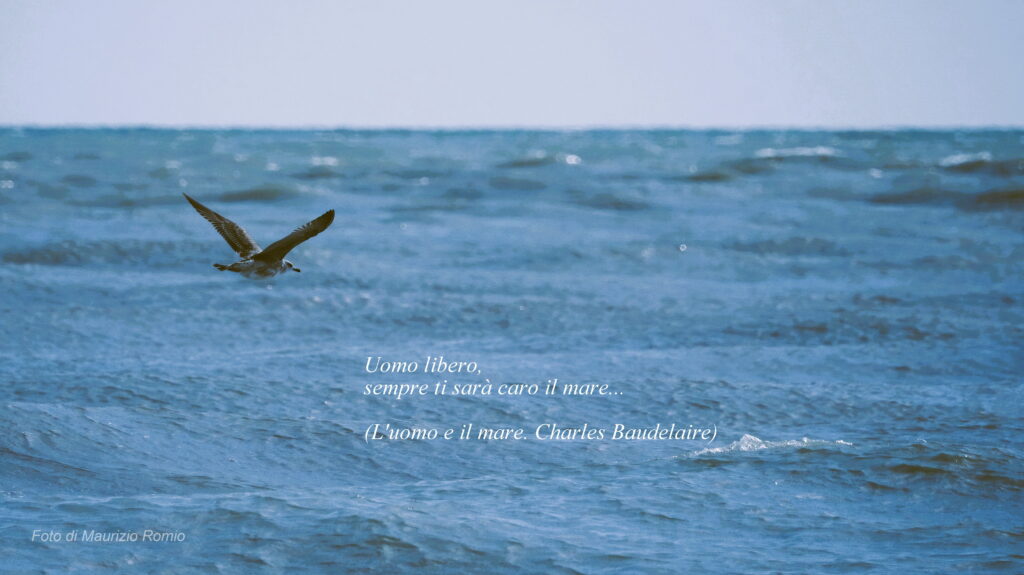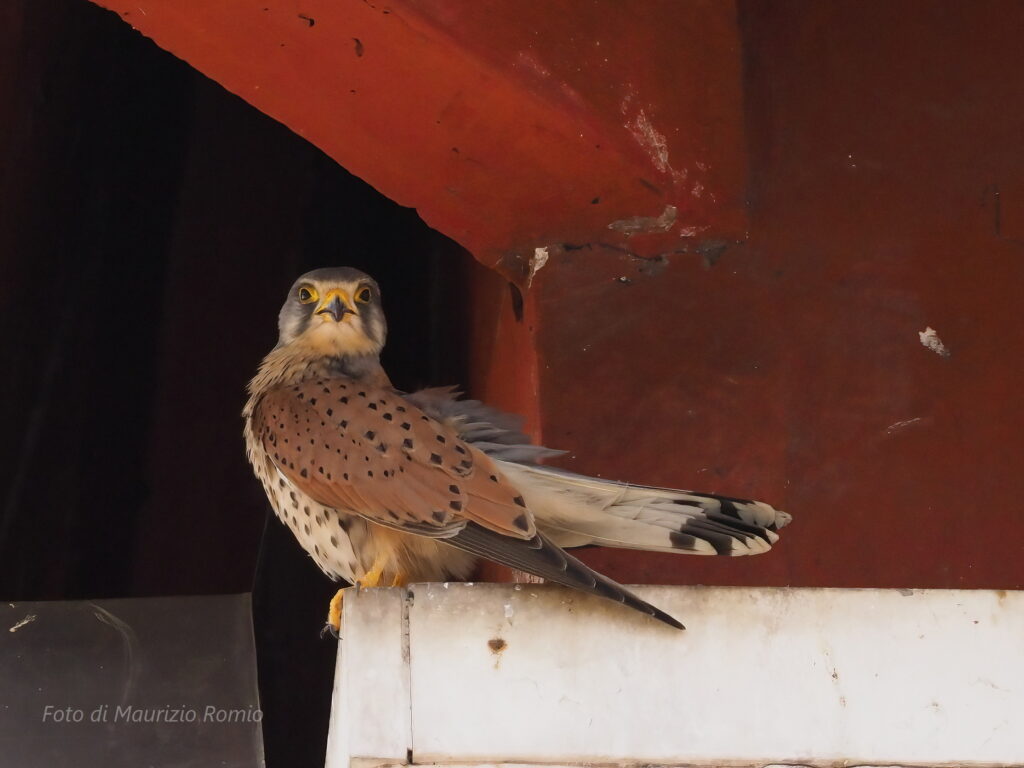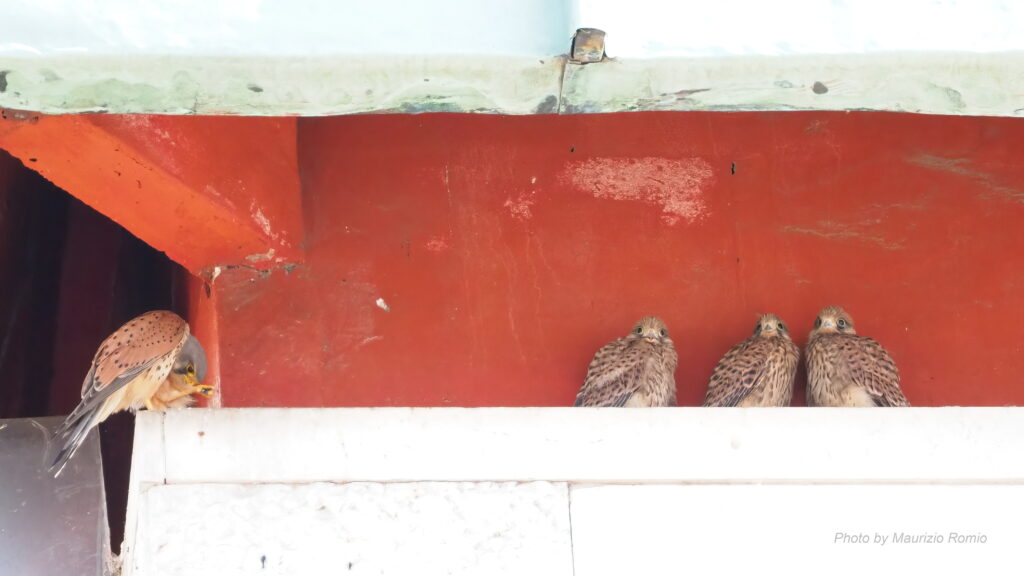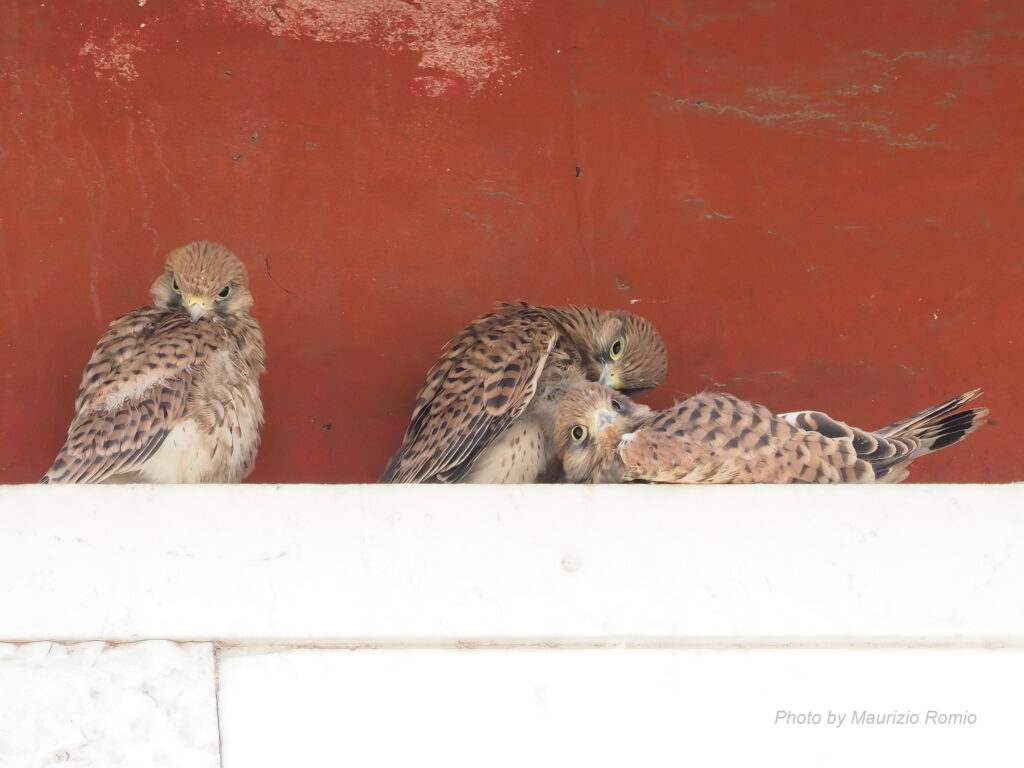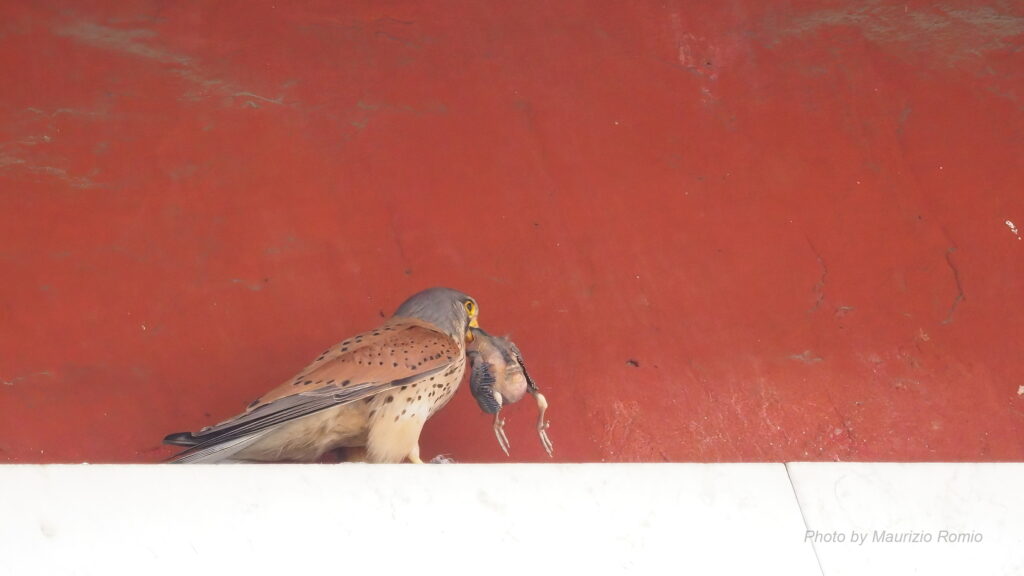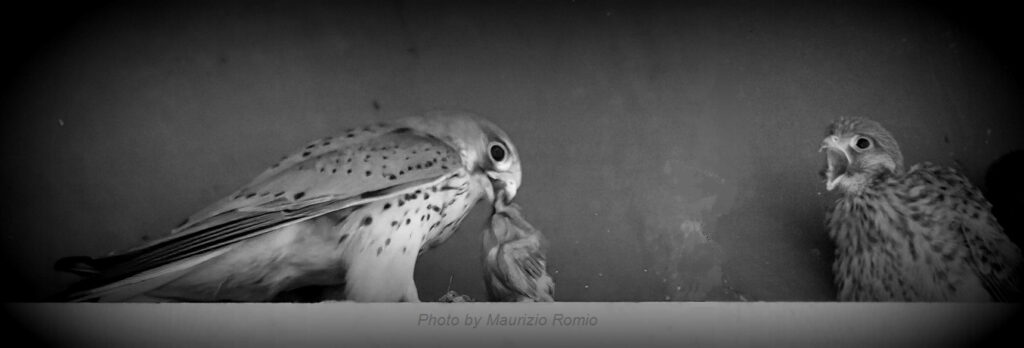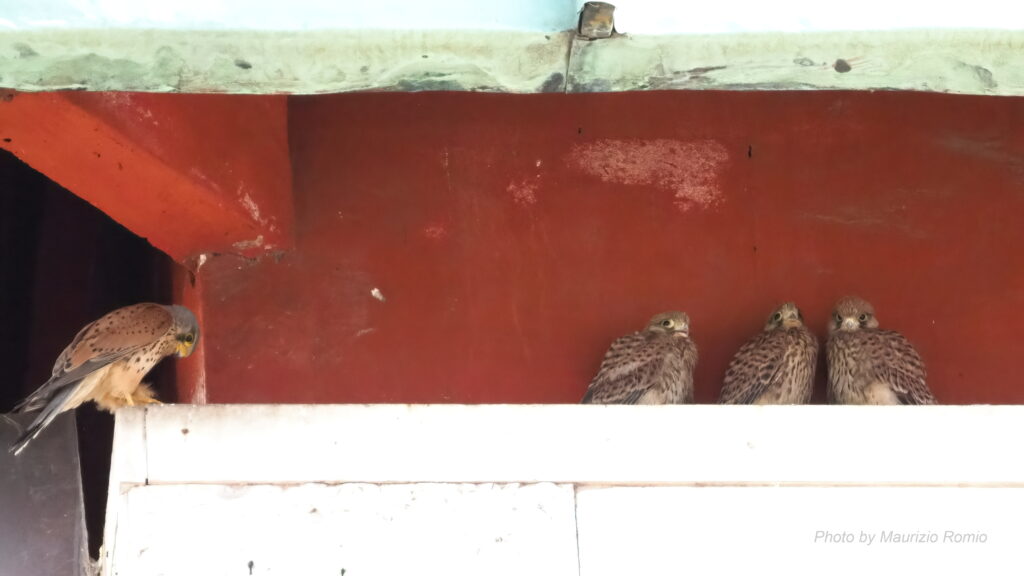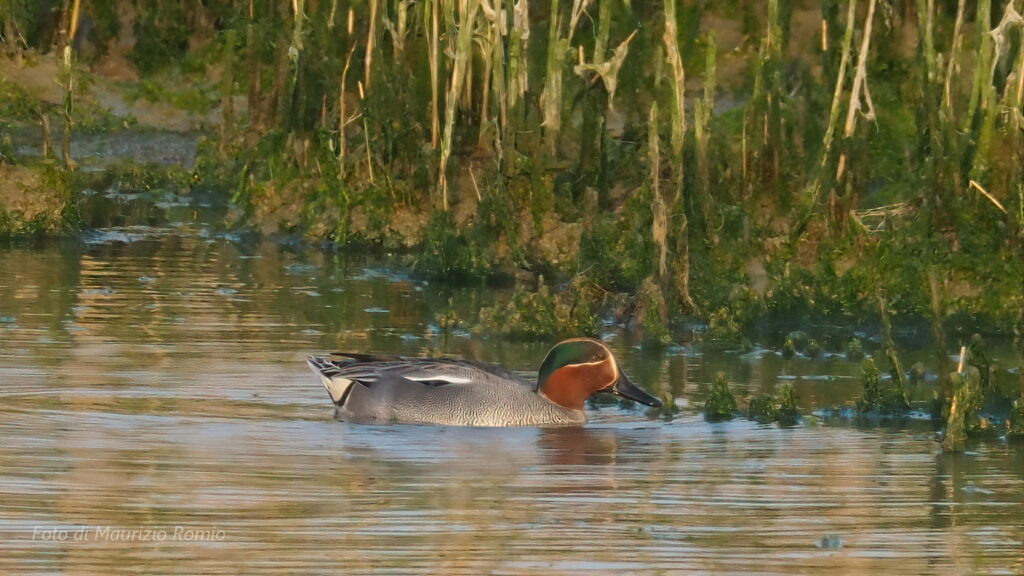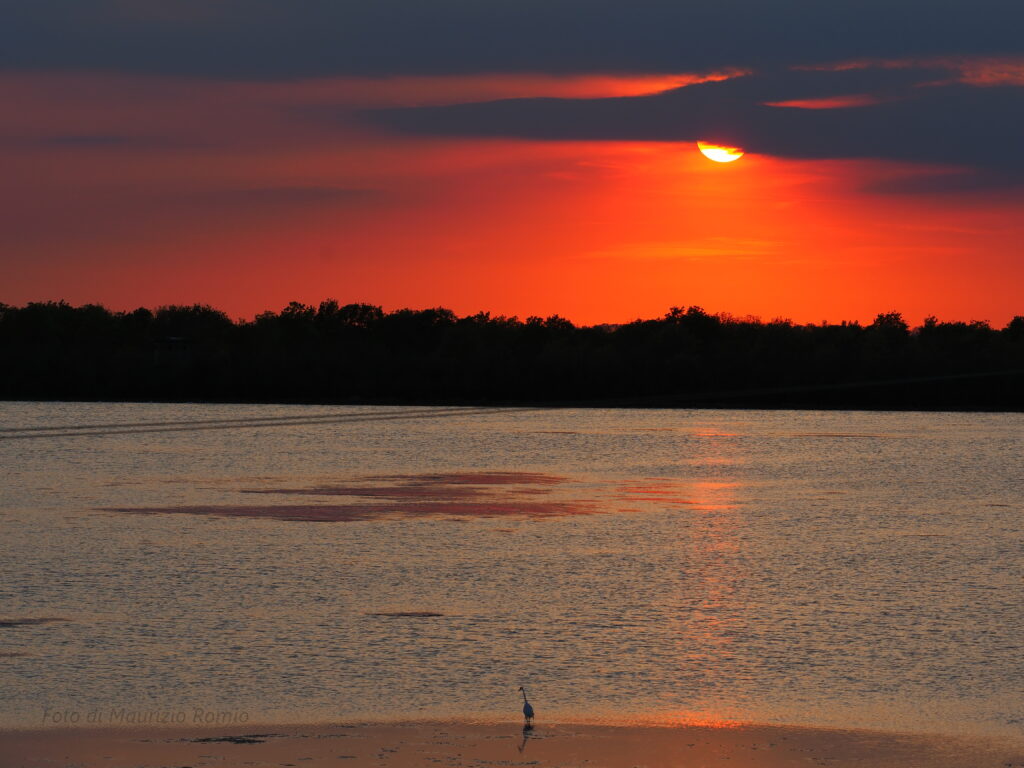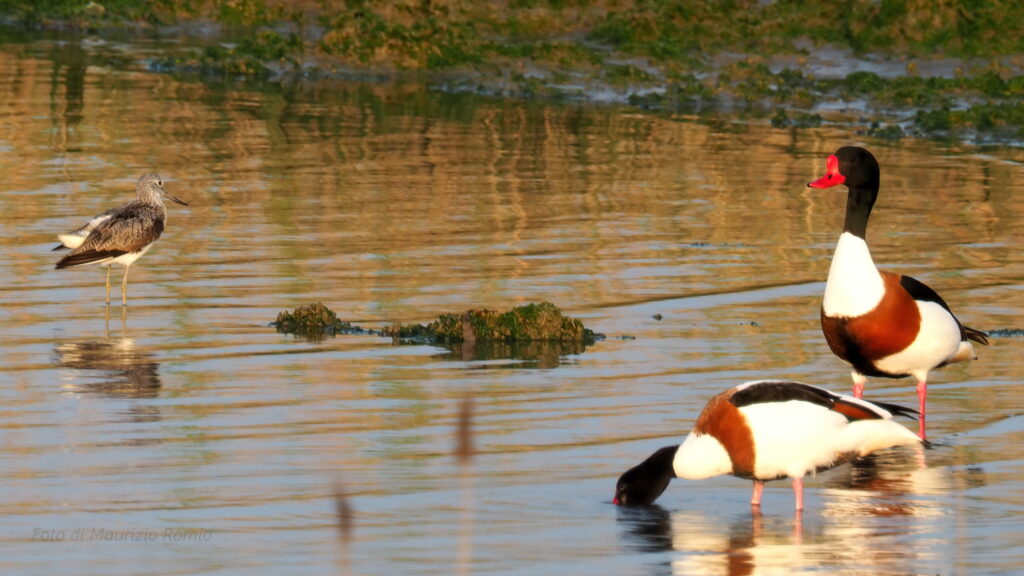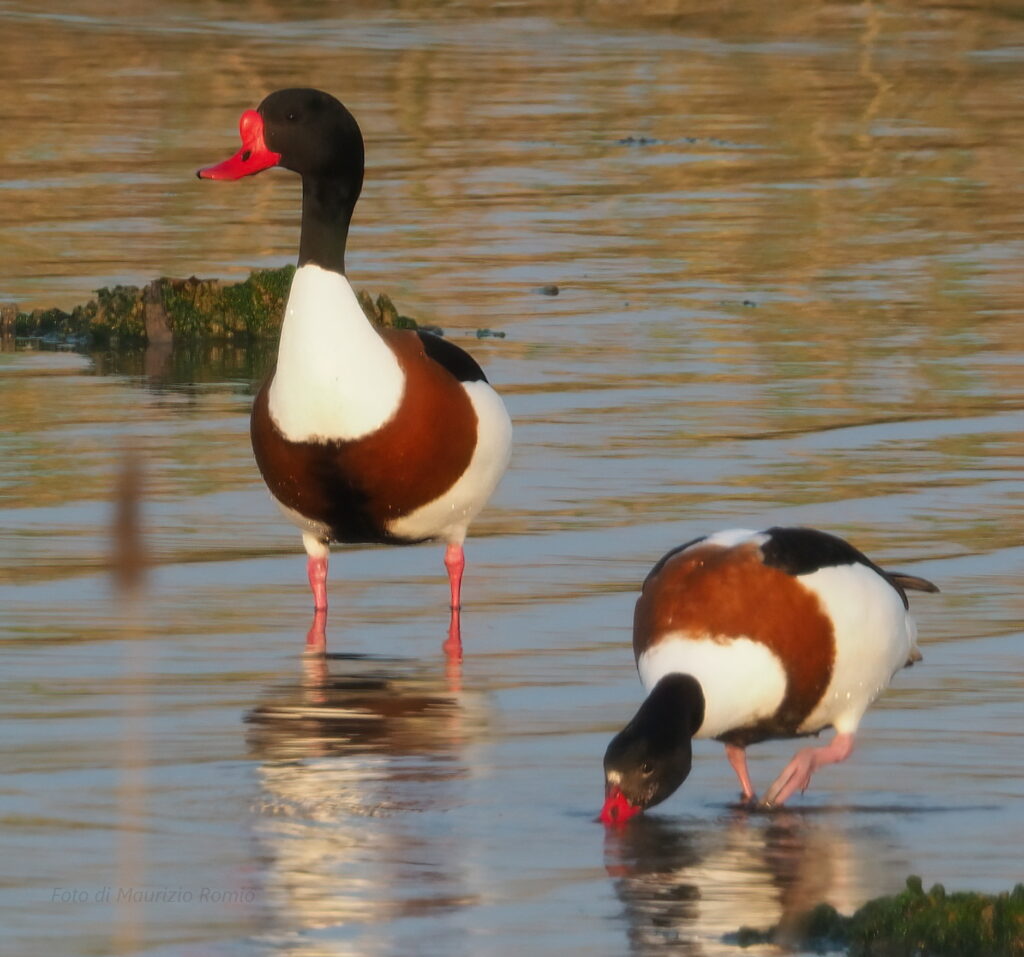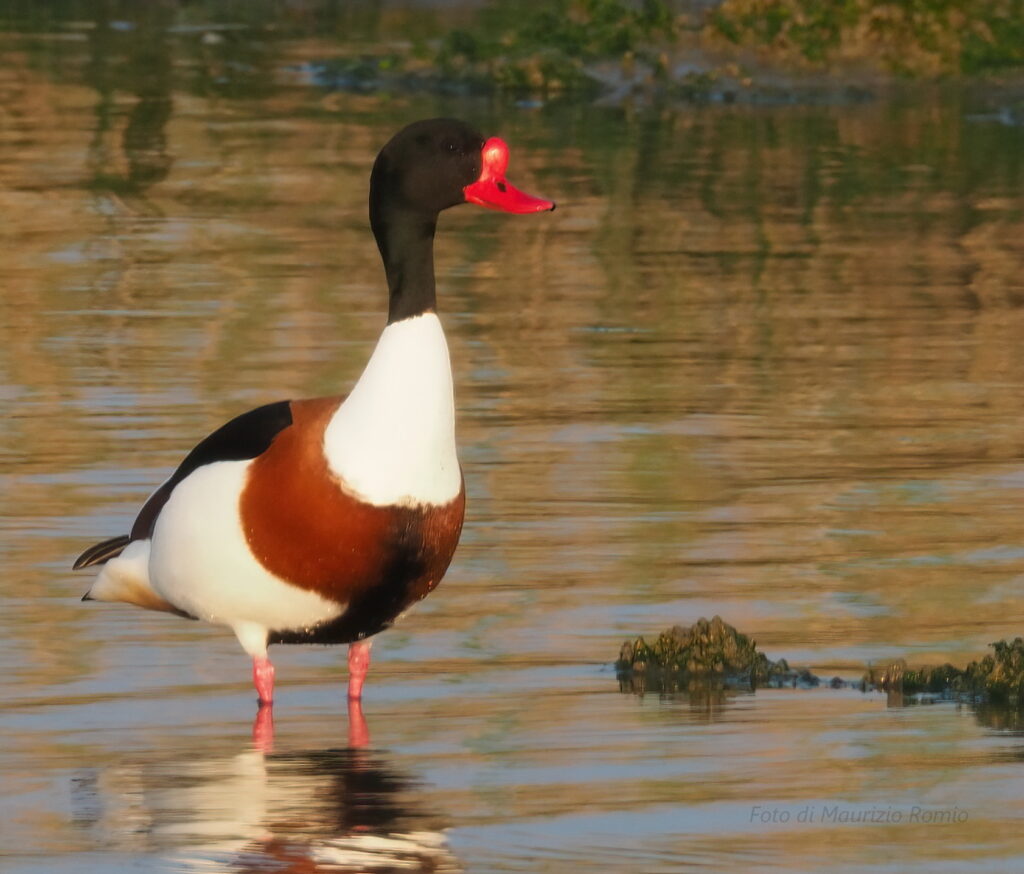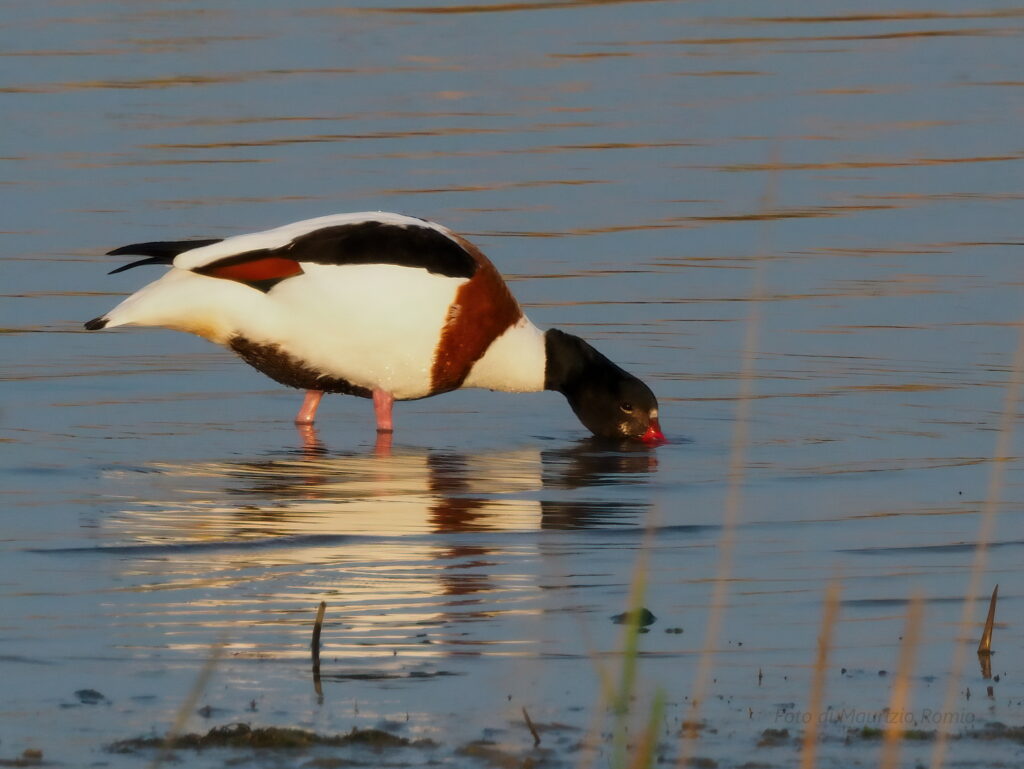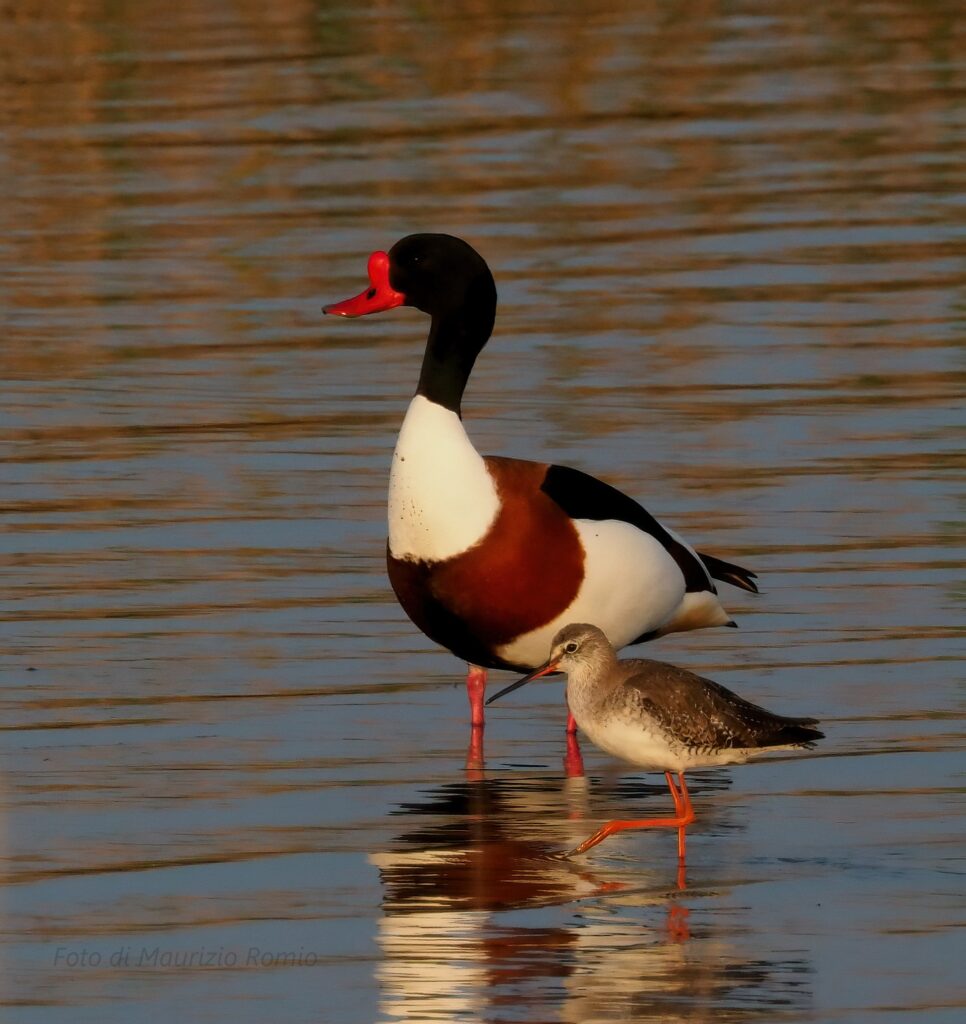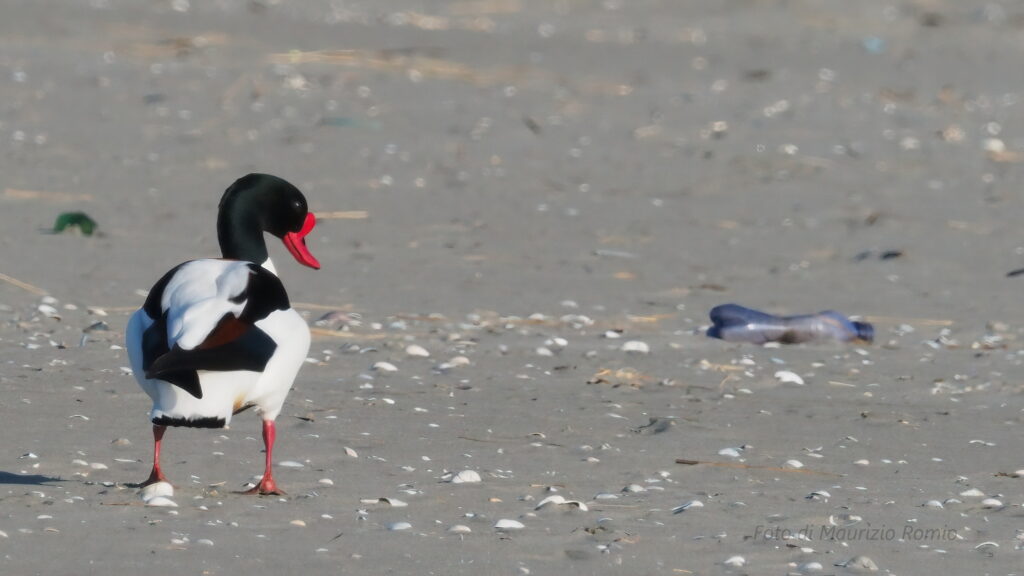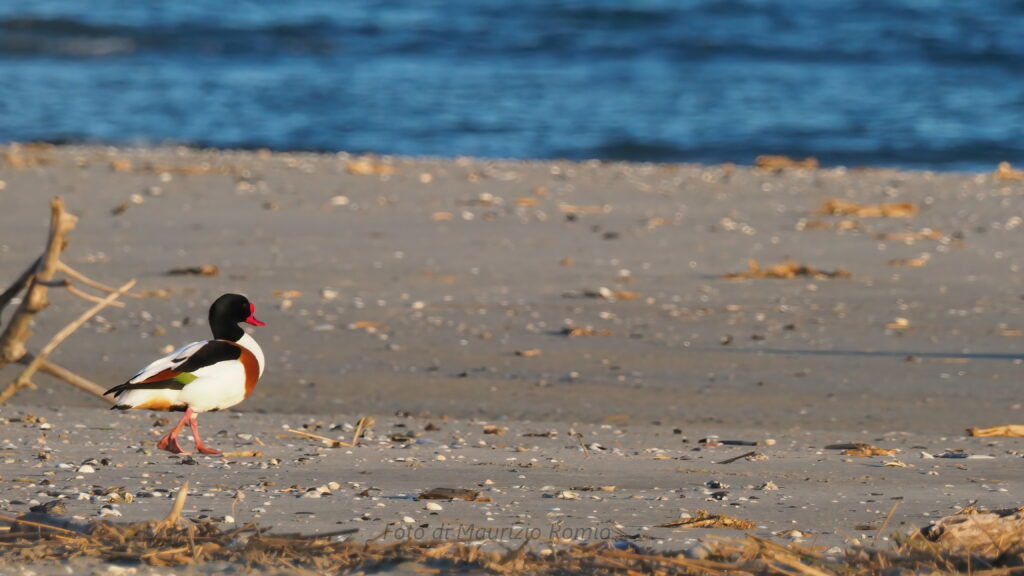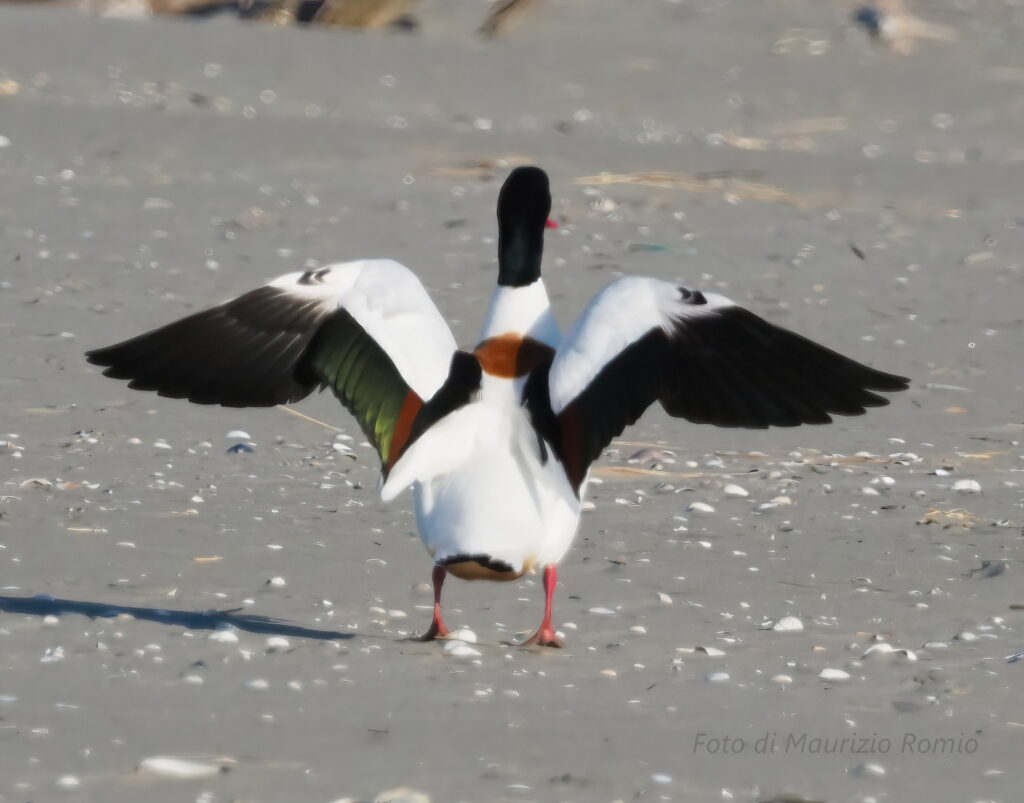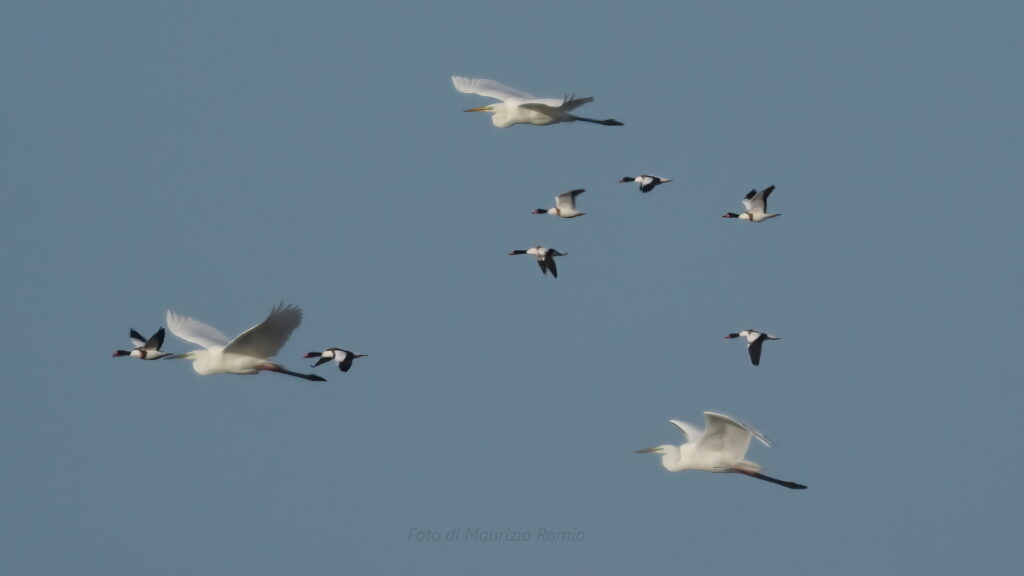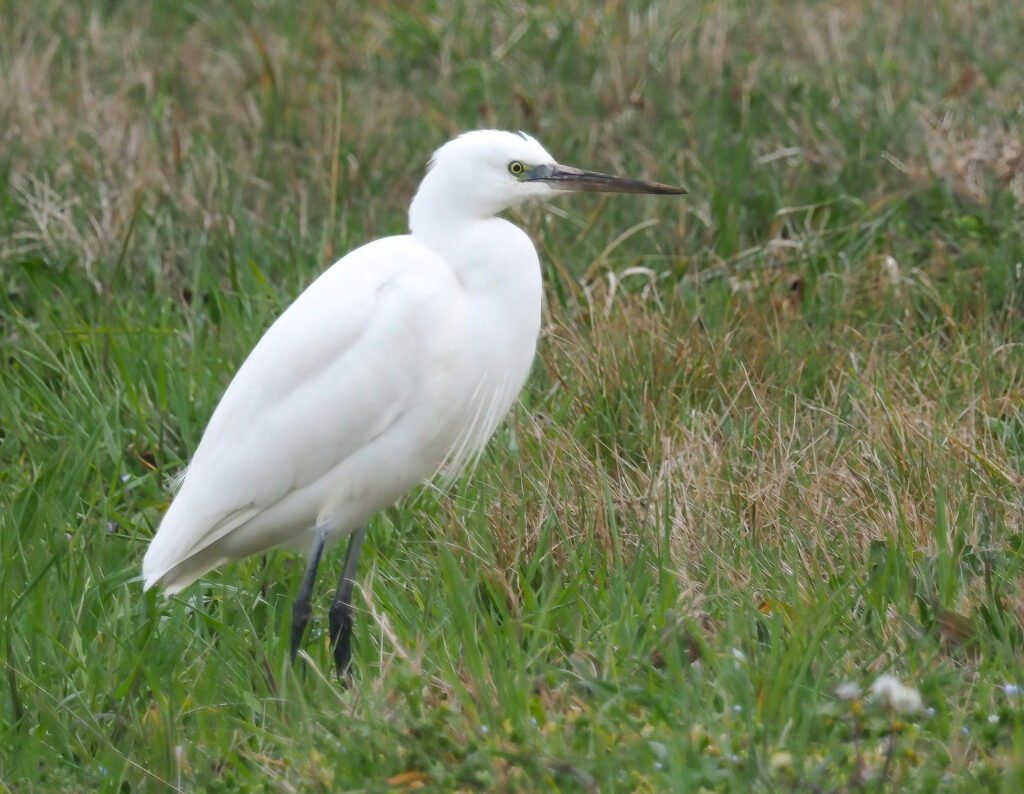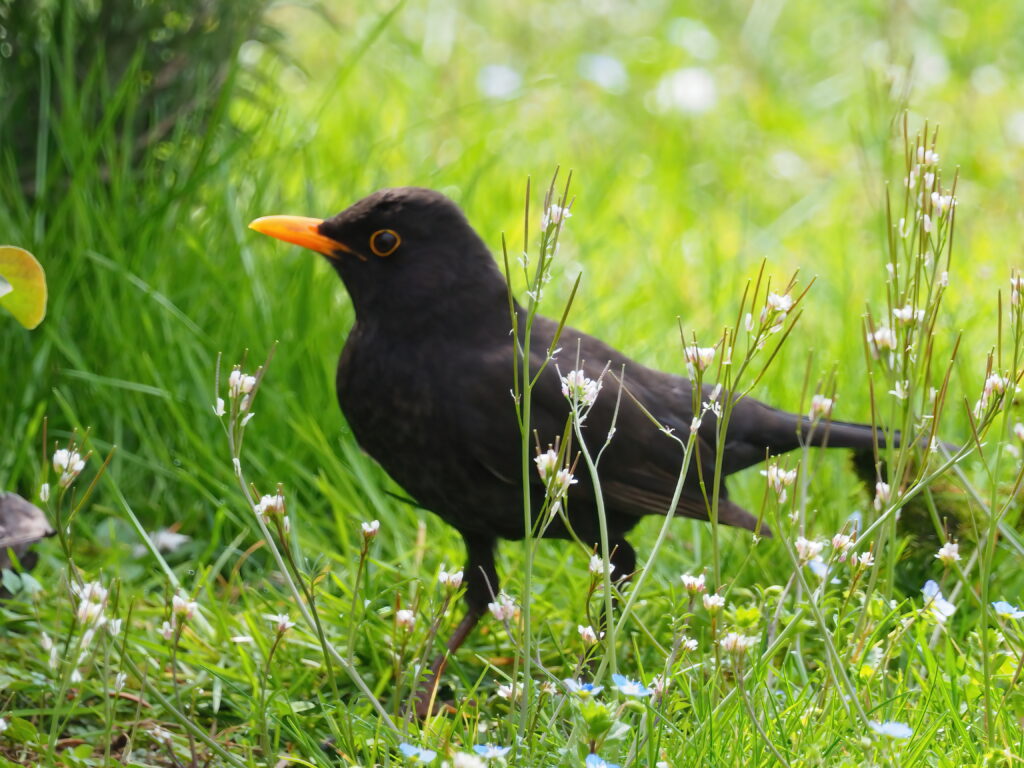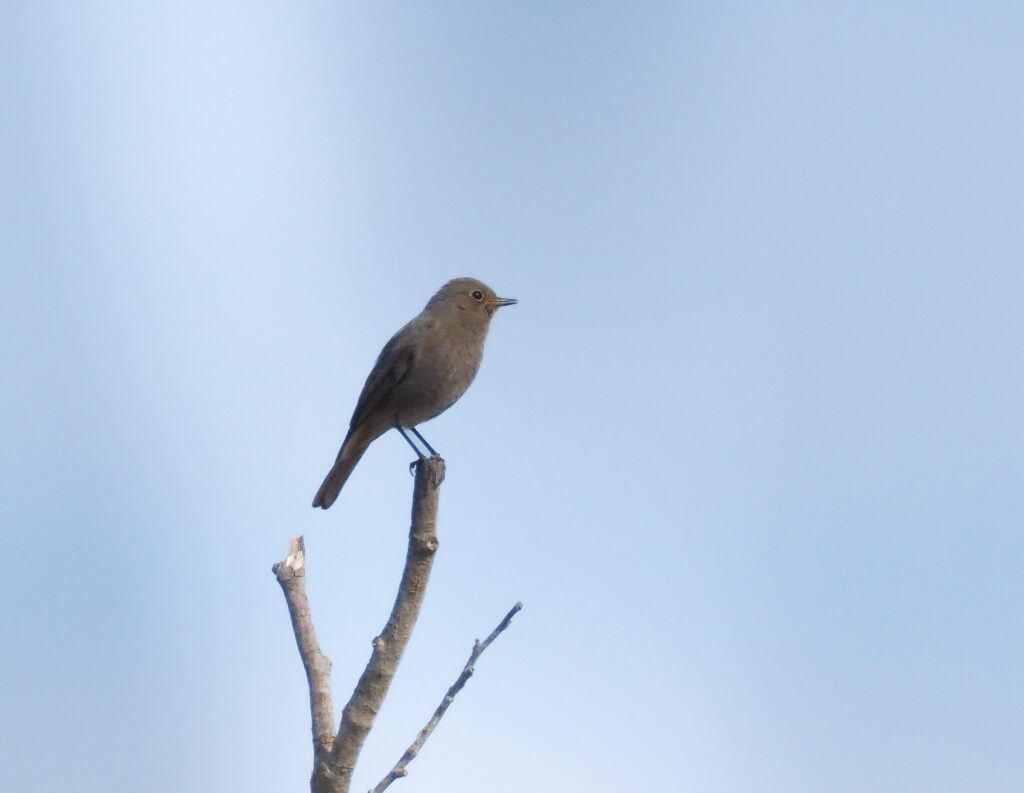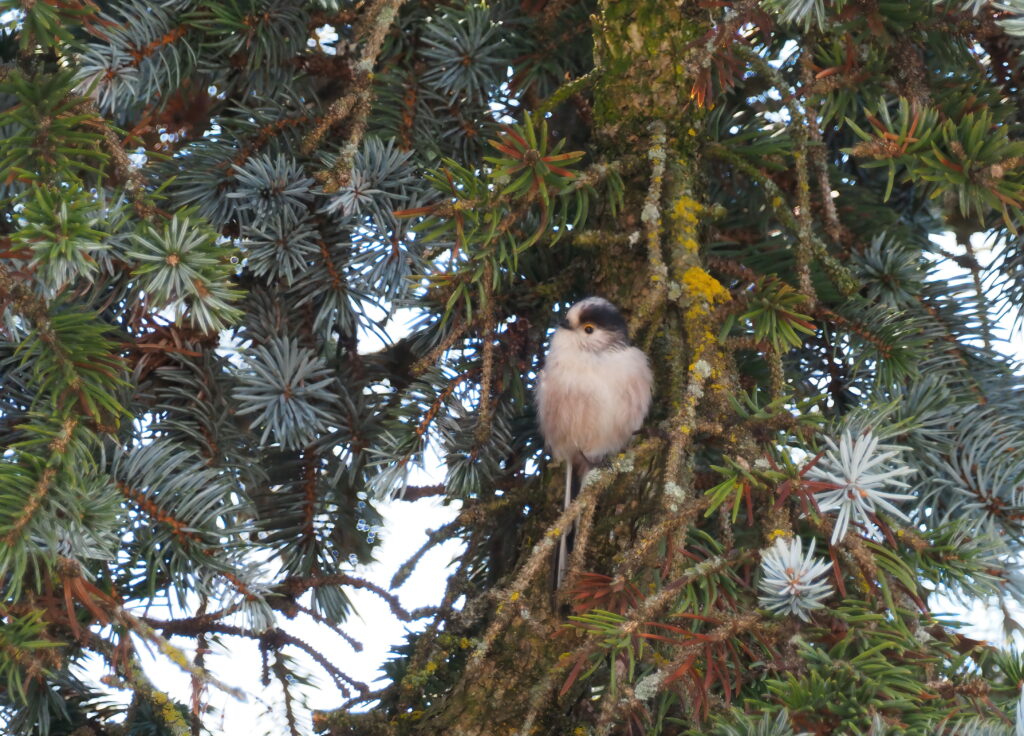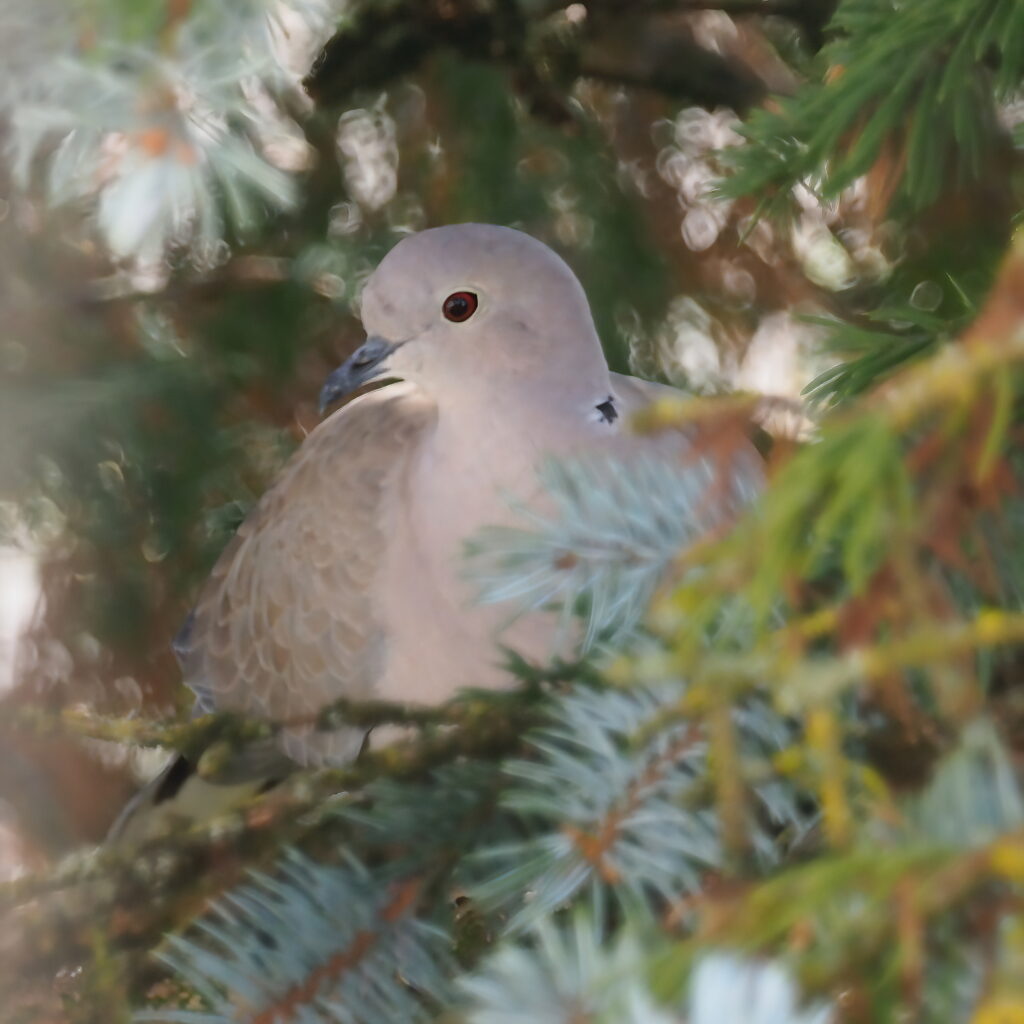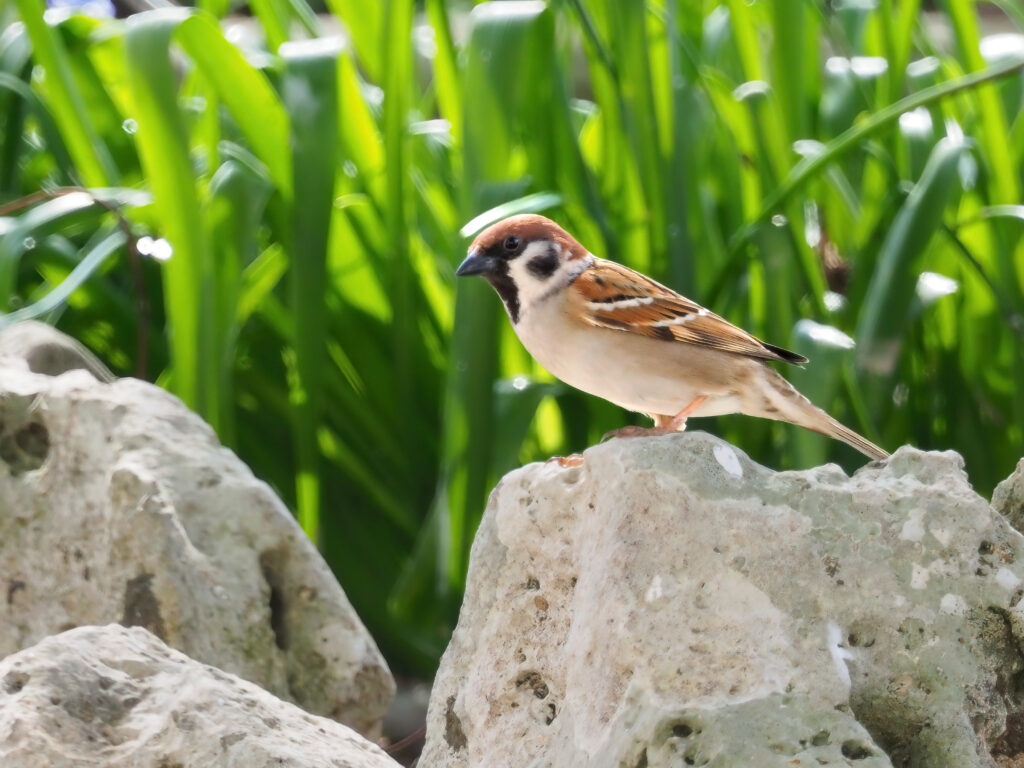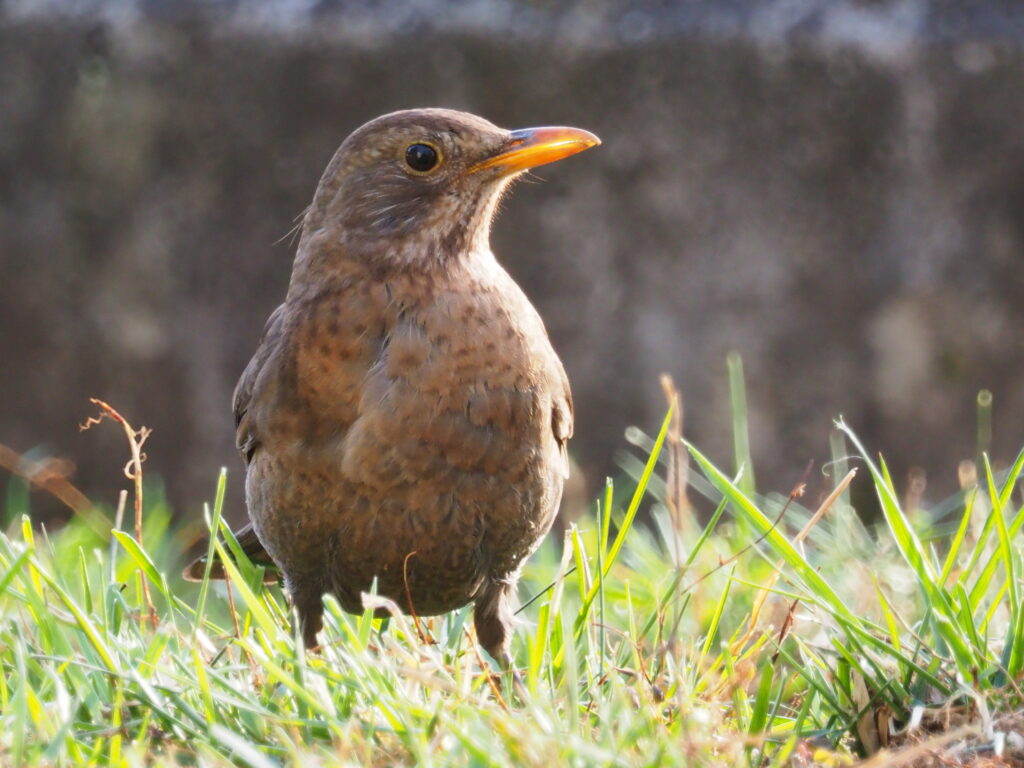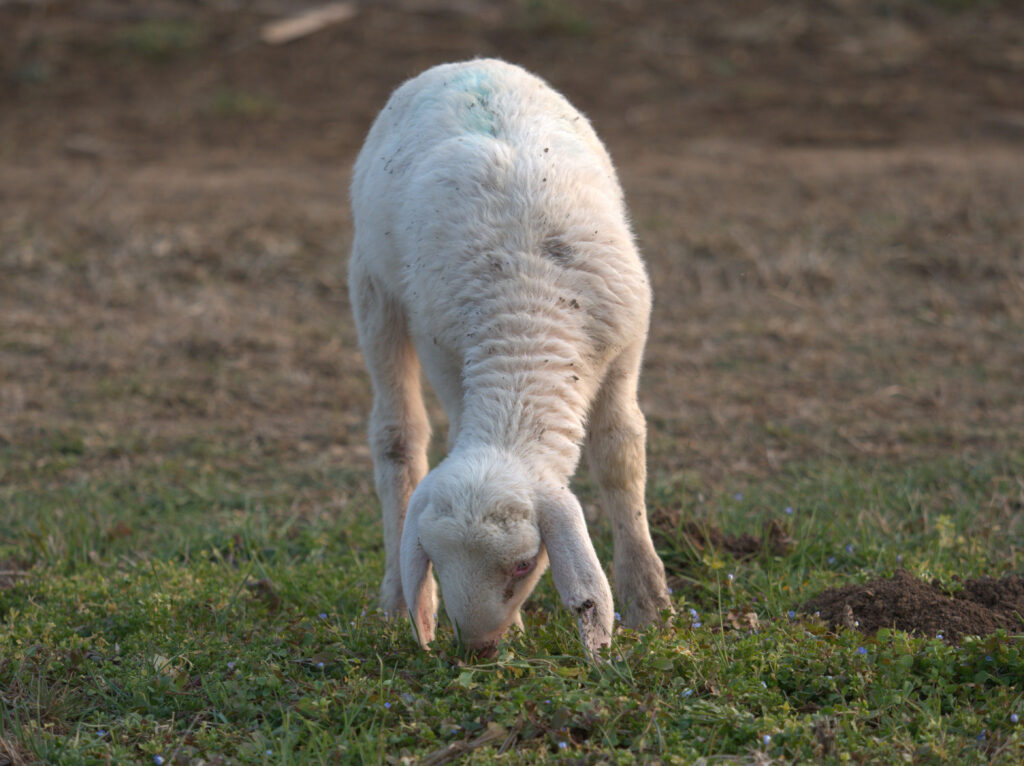
Per il buon pastore nessuna pecora può andare perduta perché ogni pecora è importante
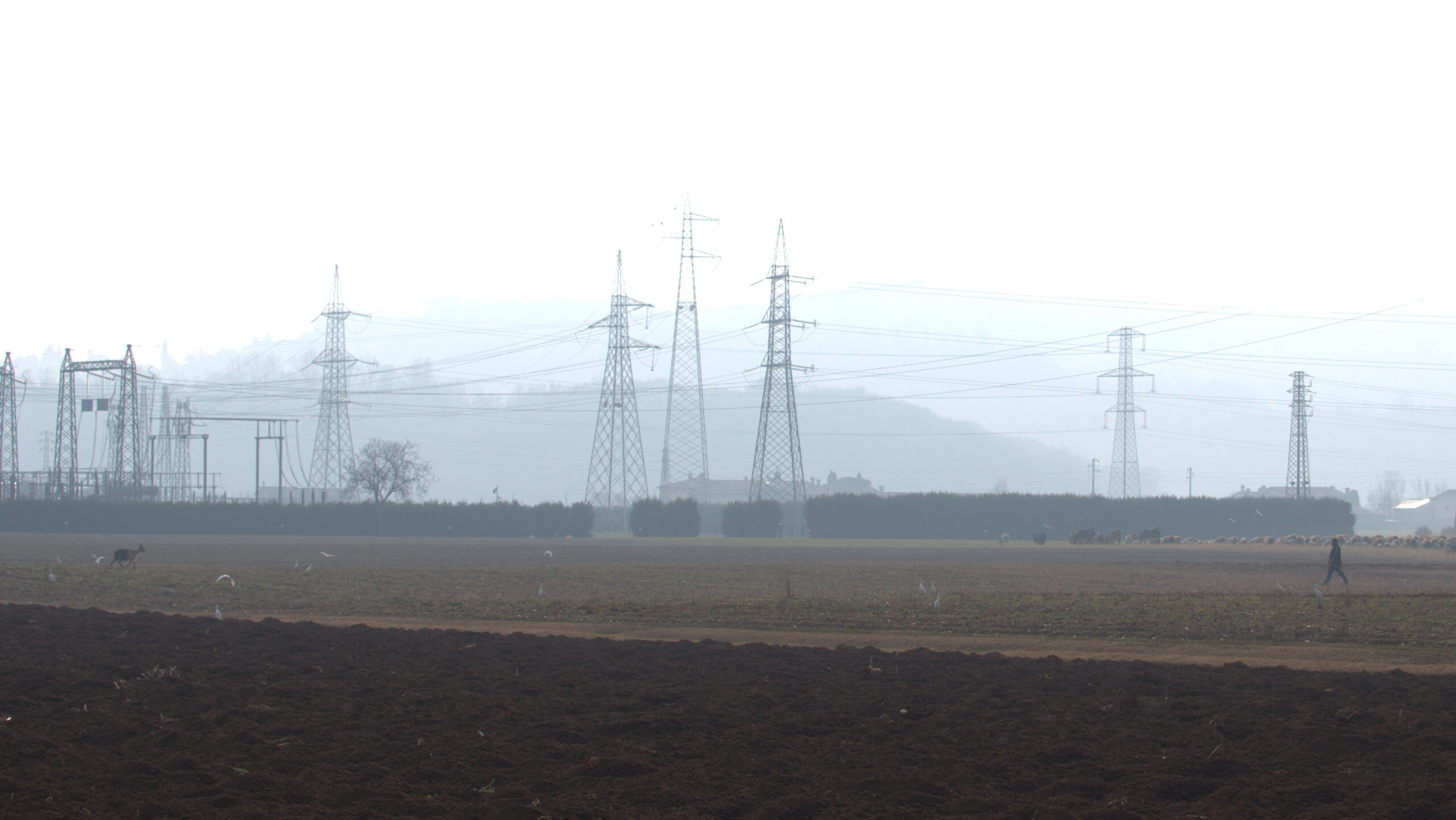
Nessuna distanza tiene lontano il buon pastore dalla pecora smarrita
Altri, magari soffermandosi a guardare l’estensione del gregge, potrebbero pensare diversamente
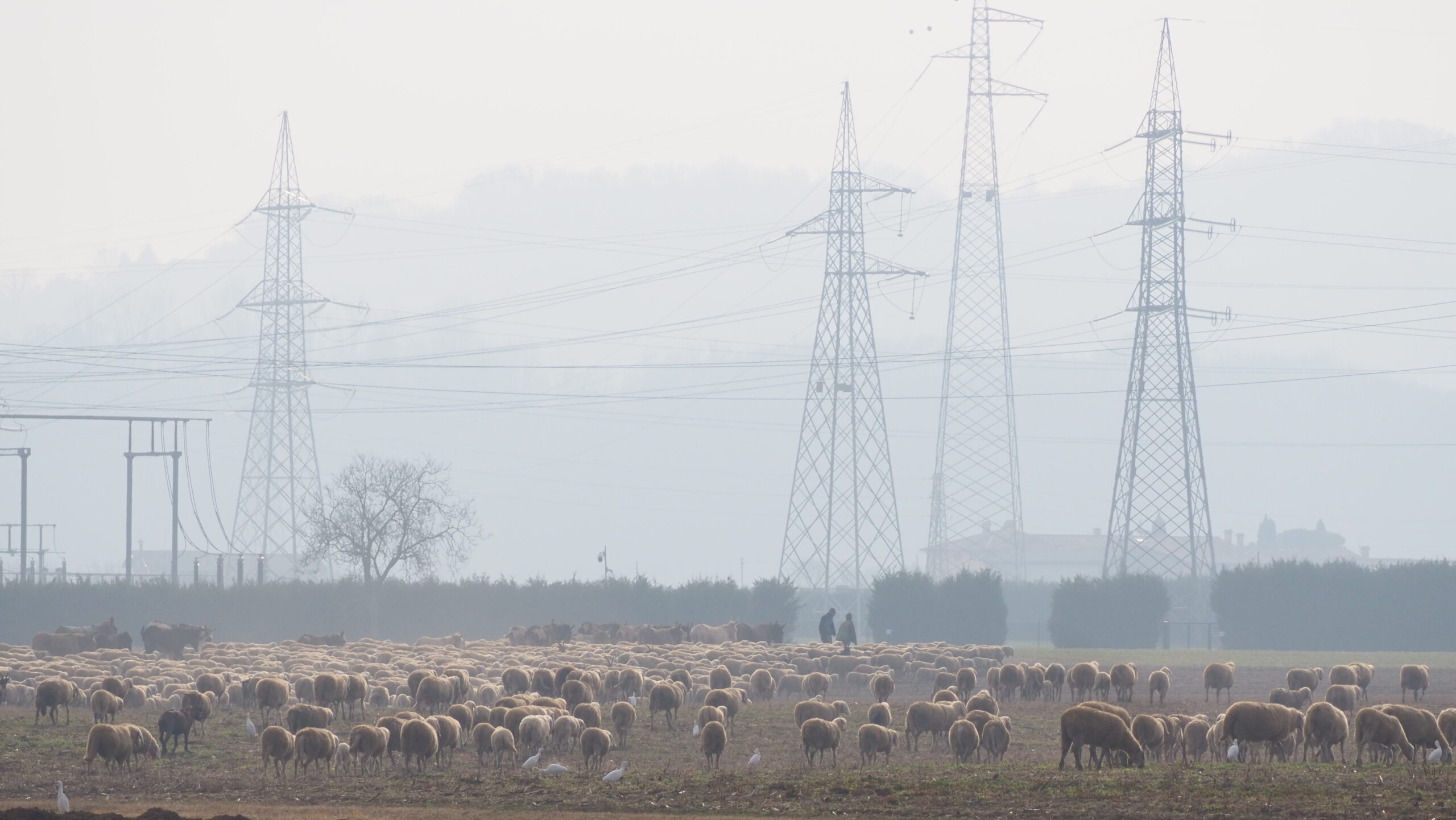
Non ci sono pecore perdute ma solo pecore che vanno ritrovate
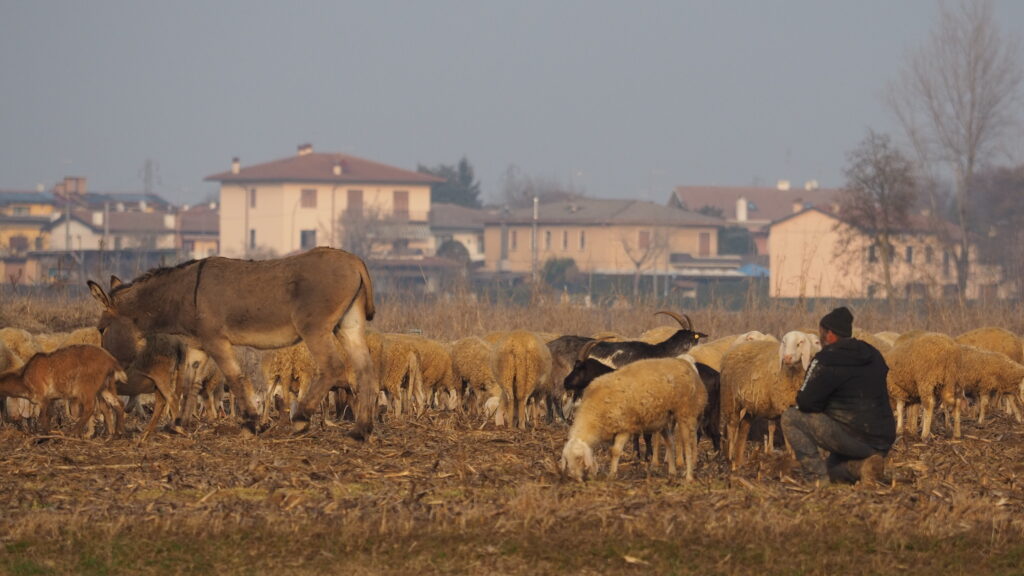
Il buon pastore accompagna al suo gregge la pecora smarrita per riprendere assieme il cammino
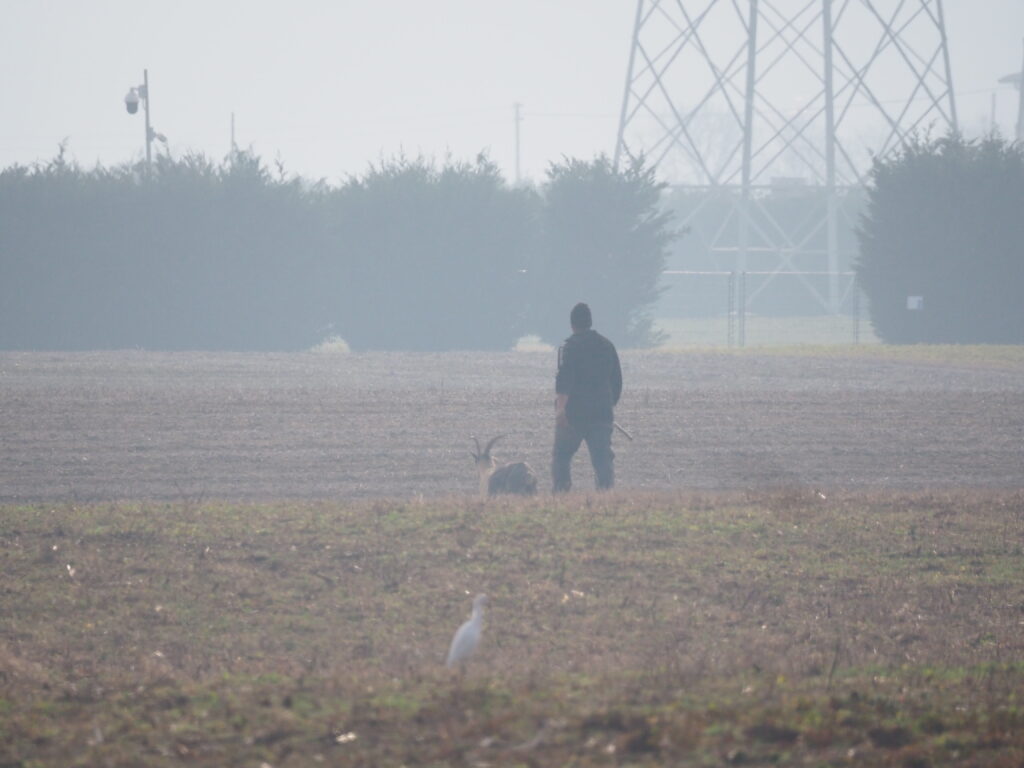
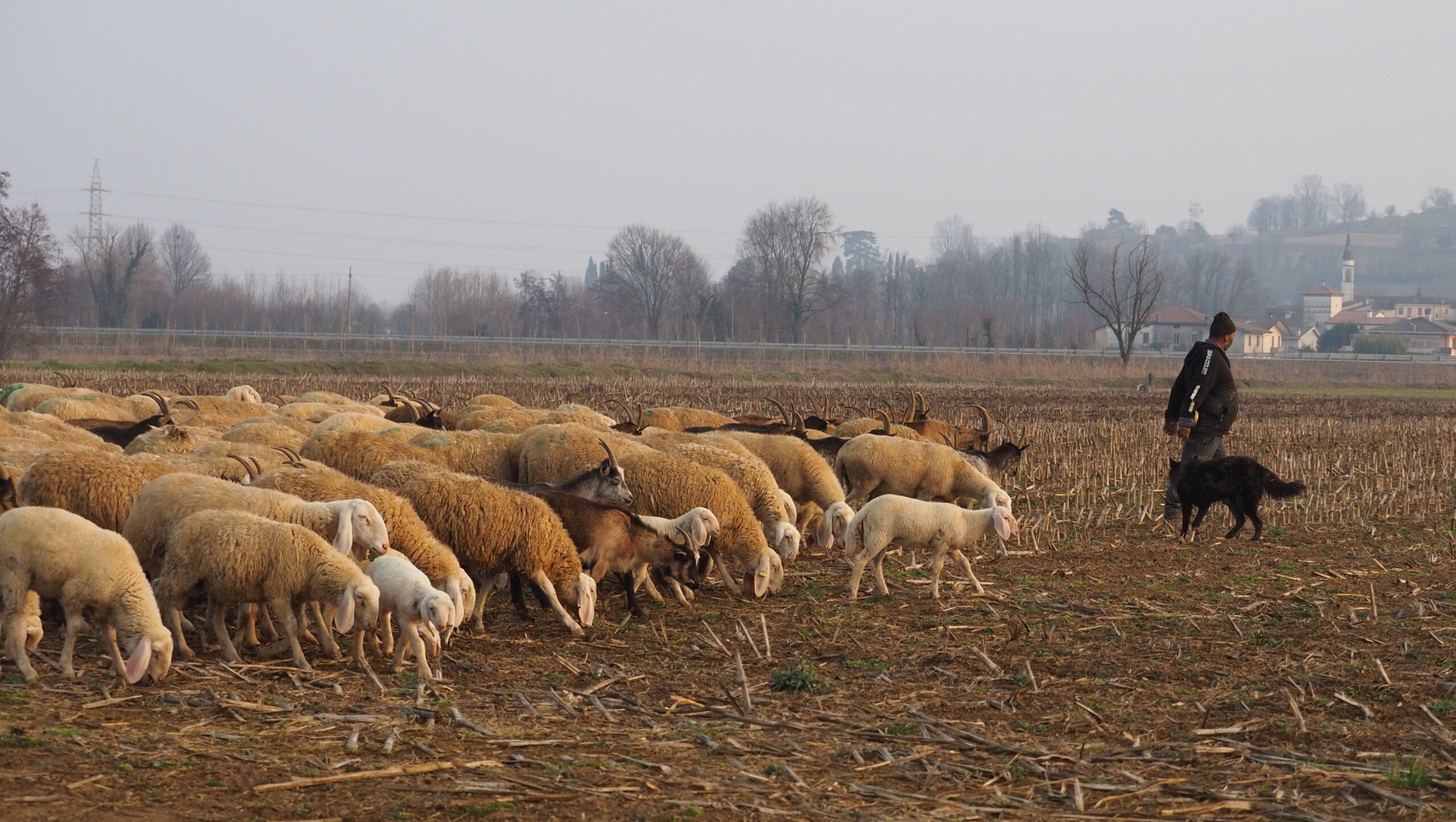
(Le foto pubblicate in questo post sono state scattate da Maurizio Romio in località Costabissara in data 04-05/02/2024. Spunti di riflessione tratti dal discorso di Papa Francesco in occasione dell’Udienza Generale in Piazza San Pietro del 4 maggio 2016)
In un mio post del 2011 dal titolo “I pastori a Costabissara” così scrivevo
I pastori a Costabissara
Come in primavera c’è chi aspetta l’arrivo delle rondini così io da bambino a Costabissara aspettavo l’arrivo dei… pastori.
Sì, proprio i pastori…
Il proprietario del gregge si chiamava Albino ed era coadiuvato nel lavoro da alcuni suoi famigliari.
Residenti a Gallio, i pastori con il loro gregge giungevano puntualmente ogni inverno a Costabissara provenienti dall’Altopiano di Asiago.
Sostavano qualche giorno nelle nostre campagne bissaresi e riprendevano poi la transumanza verso altre località.
L’arrivo dei pastori era per me motivo di gioia. Durante il giorno li seguivo nei loro spostamenti riuscendo a cogliere vari aspetti della loro attività.
Ho avuto modo di apprendere per esempio l’importante ruolo dei cani da pastore.
Ai cani era affidato il compito di raggruppare il gregge.
Al semplice fischio del pastore i cani si mettevano in azione, il gregge in breve tempo era ricompattato e pronto per trasferirsi al successivo pascolo.
Il contributo dei cani era importante anche per la salvaguardia dei singoli animali.
Ricordo ad esempio quando una pecora, caduta in una roggia, fu salvata grazie al fatto che Mori, uno dei cani che seguiva il gregge, accortosi di quanto accaduto, abbaiando, aveva attirato l’attenzione sul povero animale in procinto di annegare permettendo così il suo salvataggio.
Alla sera i pastori preparavano il loro ricovero per la notte sul campo del nonno. I miei occhi di bambino guardavano con stupore questo strano letto, fatto di un sottofondo di fieno e di paglia. Avranno freddo? Come faranno a dormire all’aperto? Queste le domande che mi ponevo.
La giornata si concludeva con la cena dei pastori a casa dei nonni. Abitualmente portavano con sè tutto il necessario, bastava solamente che mia nonna Cesira scaldasse loro il cibo. Questa era anche l’occasione per fare un po’ di filò.
Il giorno dopo, al rientro a casa terminata la scuola, scrutavo dalla finestra l’orizzonte per vedere se in lontananza riuscivo a scorgere il gregge… inutilmente… Albino e suo fratello con il loro gregge erano partiti.
Provavo tristezza… ma di una cosa ero certo… il prossimo inverno sarebbero tornati.
In queste grigie giornate invernali provate ad affacciarvi alla finestra… non si sa mai… magari si può ancora scorgere a Costabissara qualche pastore di passaggio con il suo gregge…
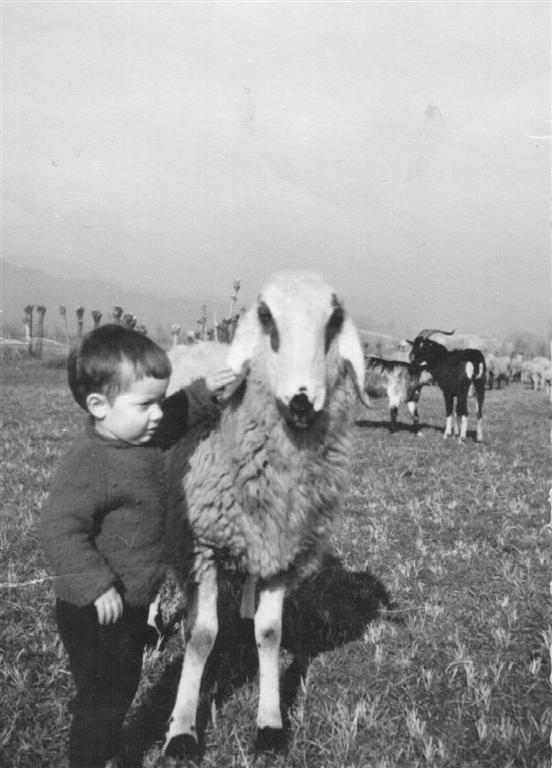
Anno 1962 – Pastori a Costabissara – Maurizio Romio
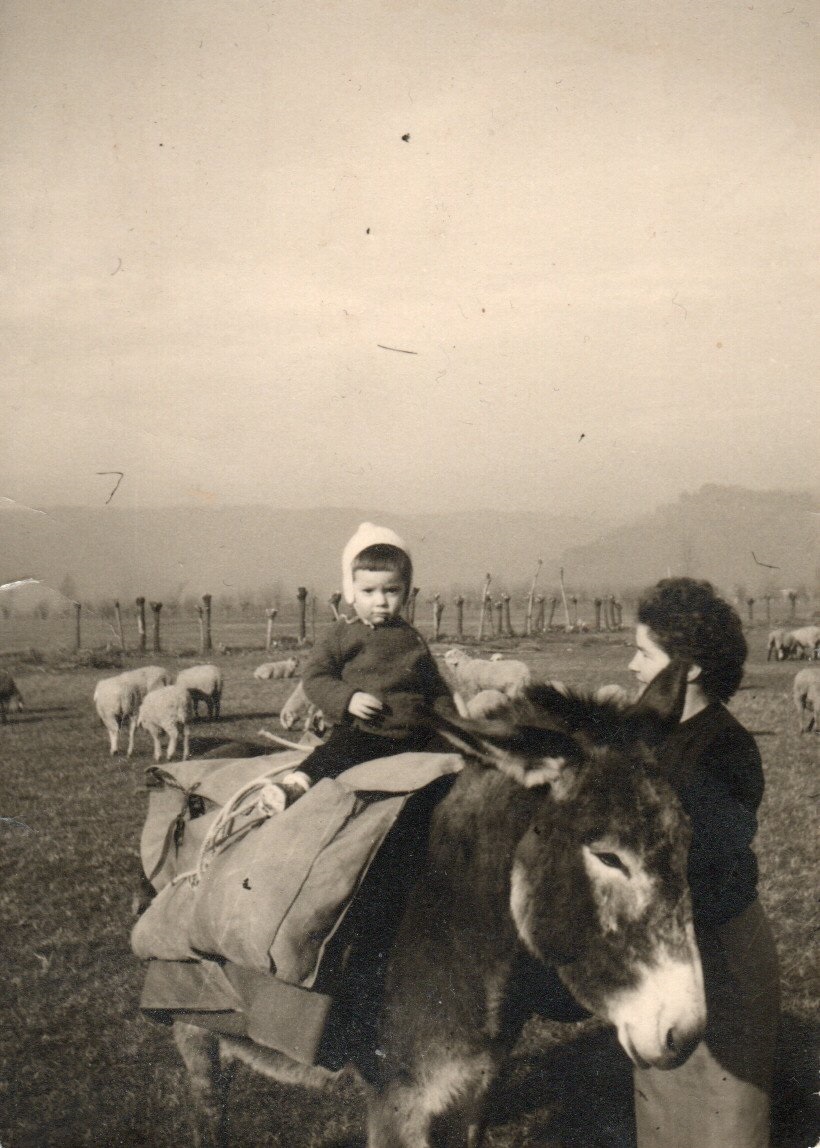
Pastori a Costabissara 1962. Io ritratto in foto in groppa all’asino con a fianco mia mamma Oliva (foto di papà Tarcisio)
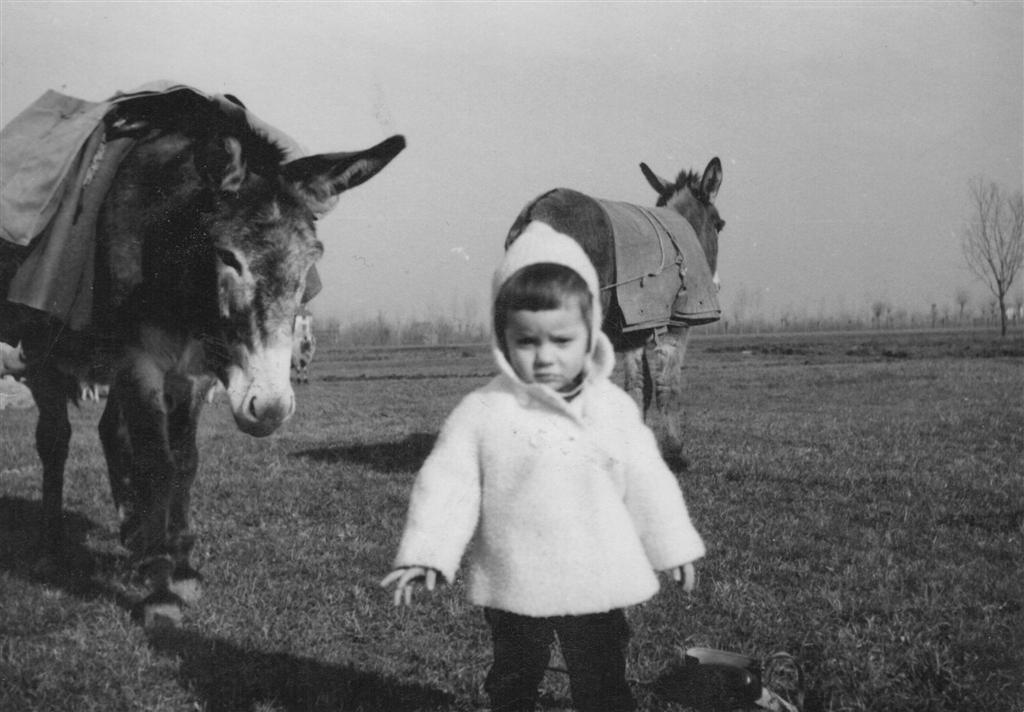
Pastori a Costabissara 1962. Sempre seguito dall’asinello.
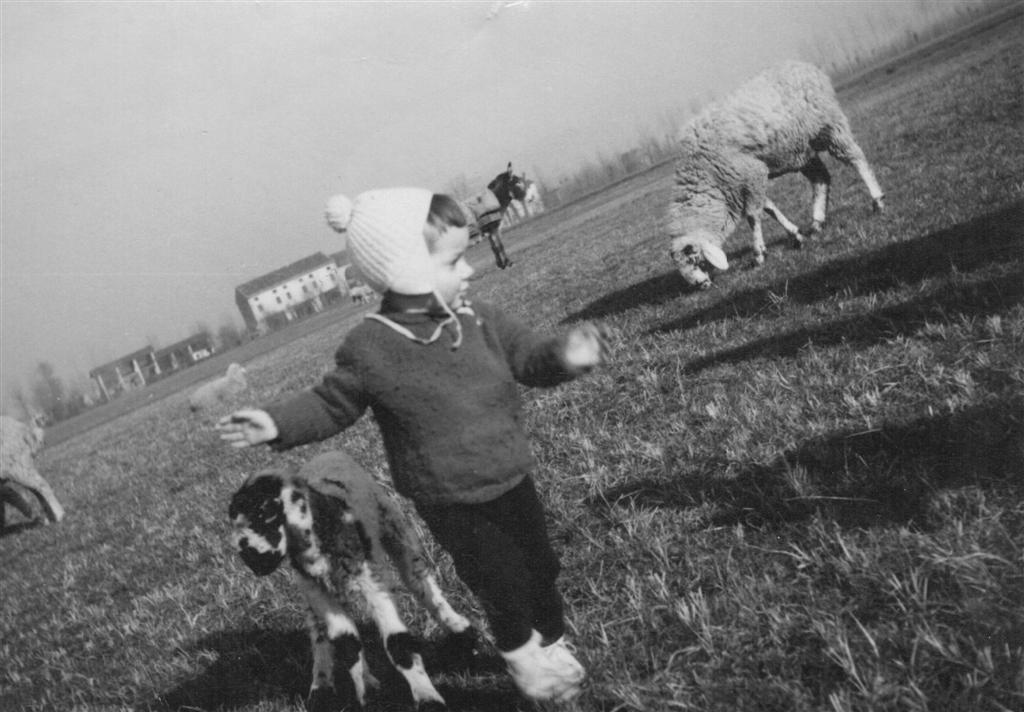
Pastori a Costabissara 1962. In primo piano assieme ad un agnello. In lontananza la fattoria Spiller
Ritornando al presente…
Ritornando al presente, proprio in questi primi giorni di febbraio 2024 dal poggiolo della mia camera, guardando lontano, ho scorto un gregge di pecore. Ho comunicato l’evento ai miei famigliari e tutti assieme ci siamo recati nei suoi pressi.
Un gregge di circa 700 pecore proveniente dall’Altopiano di Asiago accudito da tre pastori.
Proprio quasi come 60 anni fa.
Anche adesso (febbraio 2024), come un tempo, i pastori con il loro gregge sono rimasti alcuni giorni nelle campagne bissaresi prima di trasferirsi in altri pascoli.
Di seguito per l’occasione alcuni scatti fotografici negli stessi luoghi di 60 anni fa.
Pastori a Costabissara – febbraio 2024 (foto Maurizio Romio)
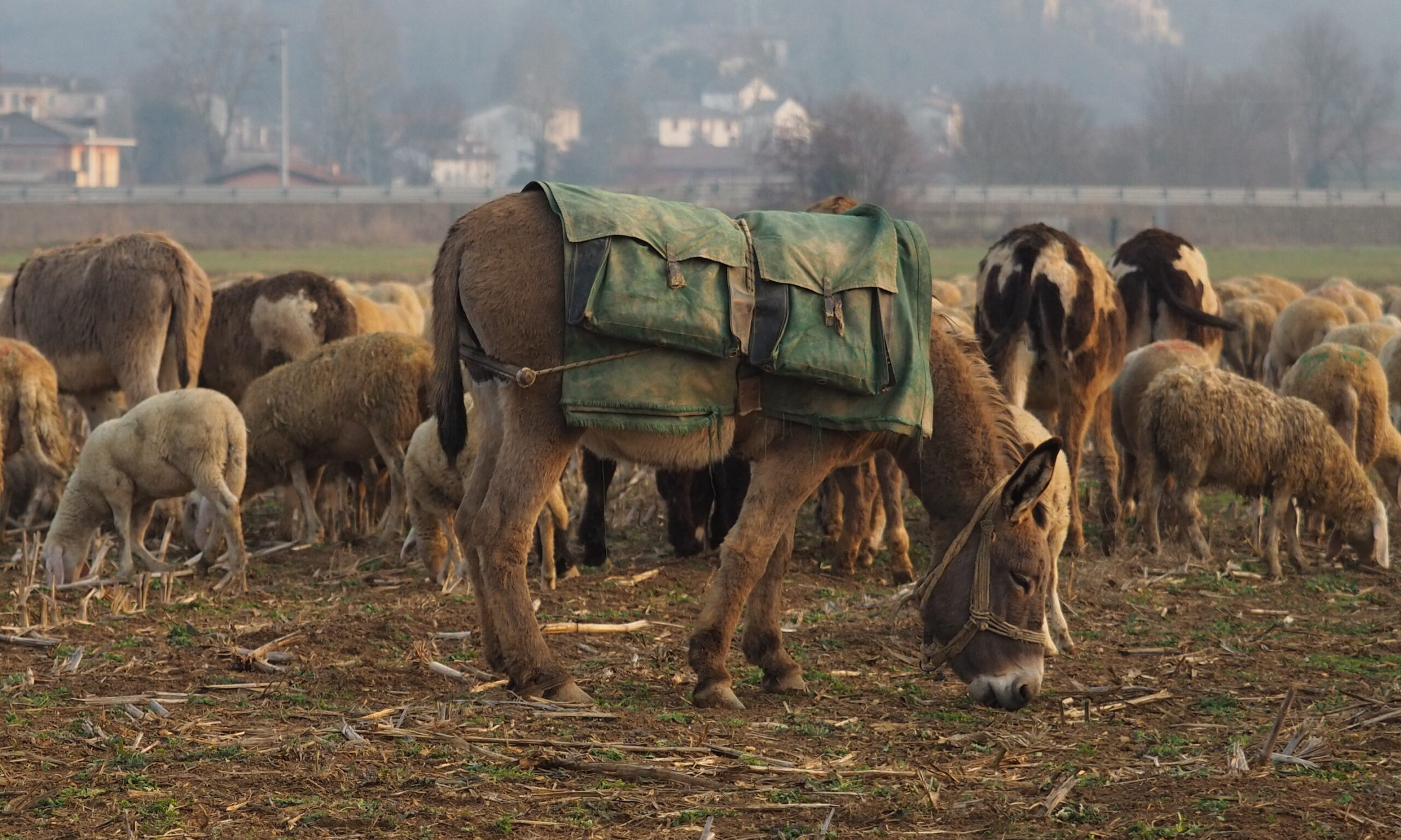
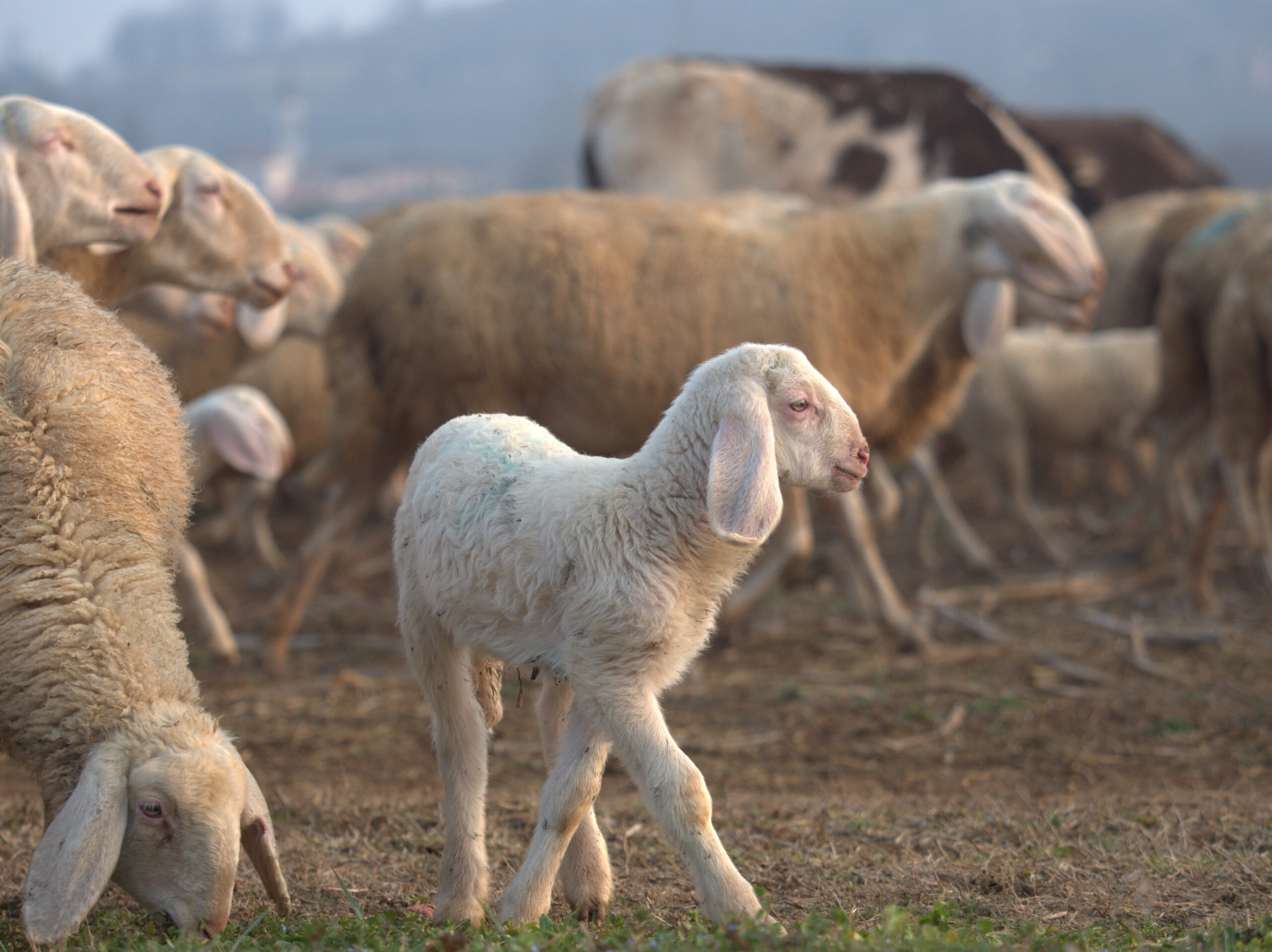
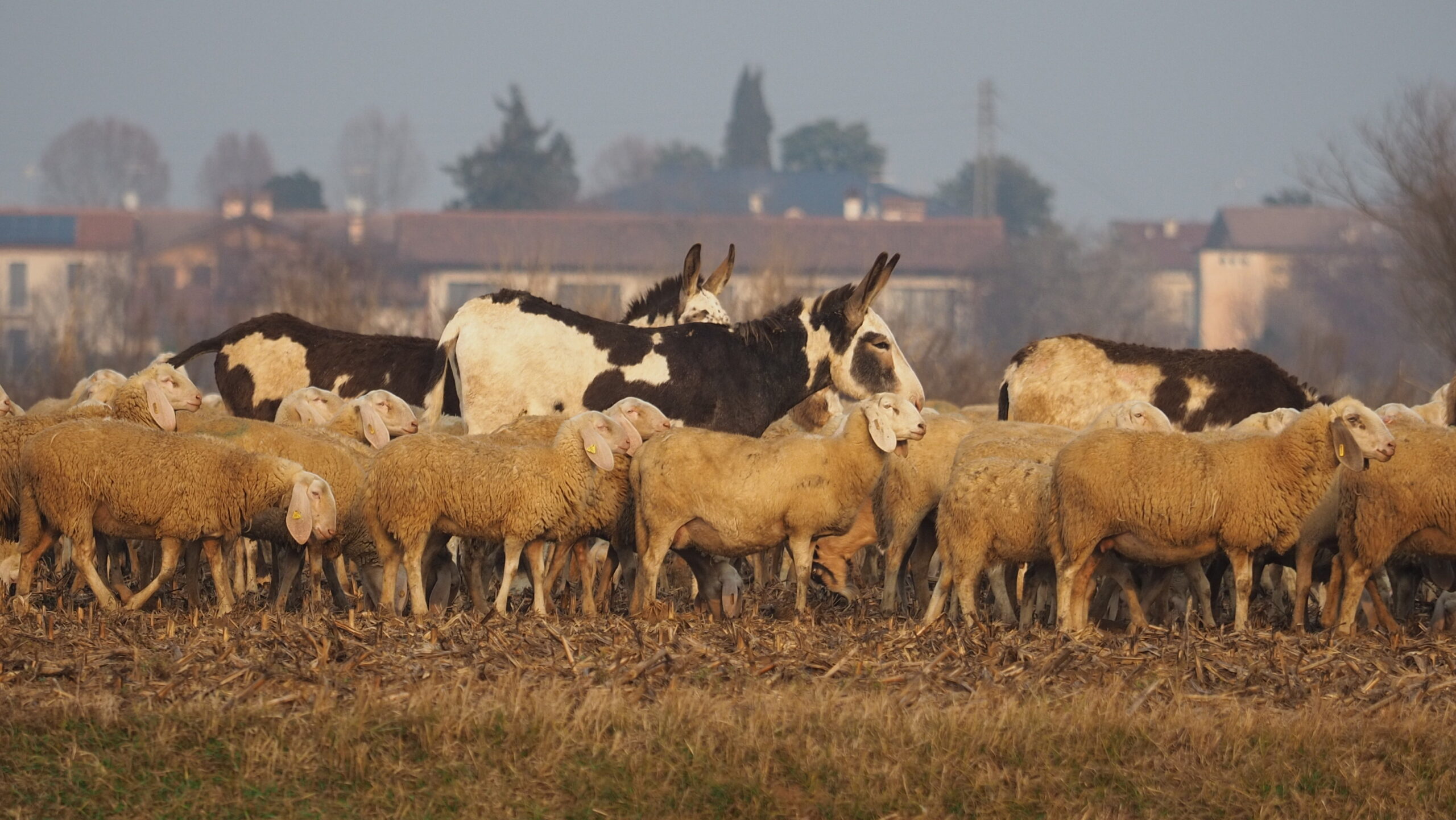
Pastori a Costabissara – febbraio 2024 (foto Maurizio Romio)

